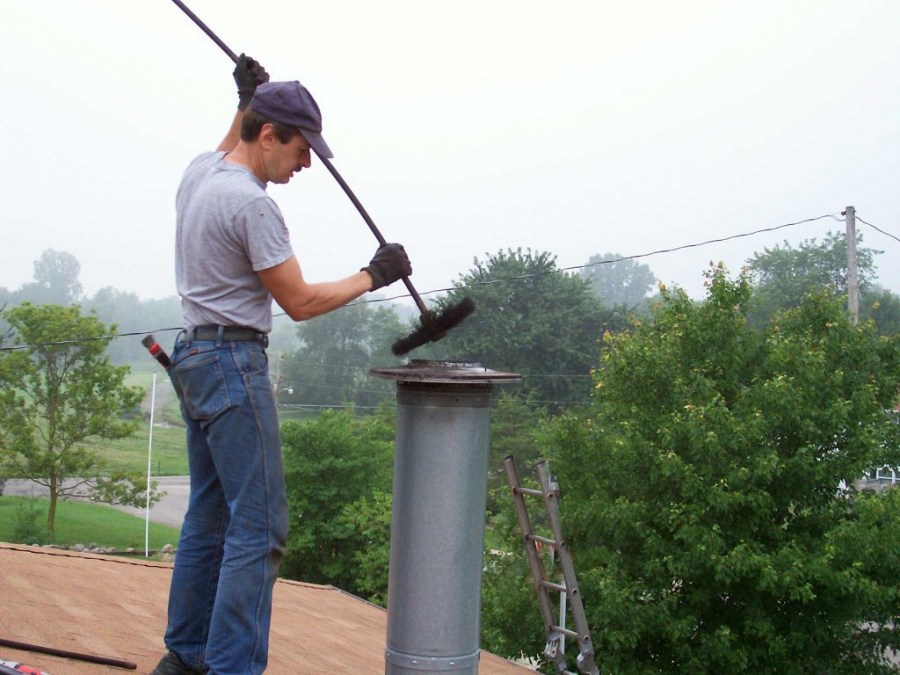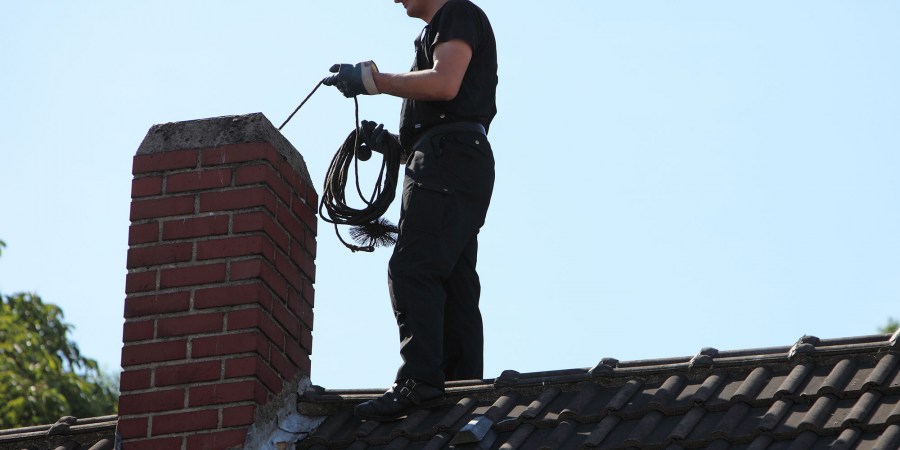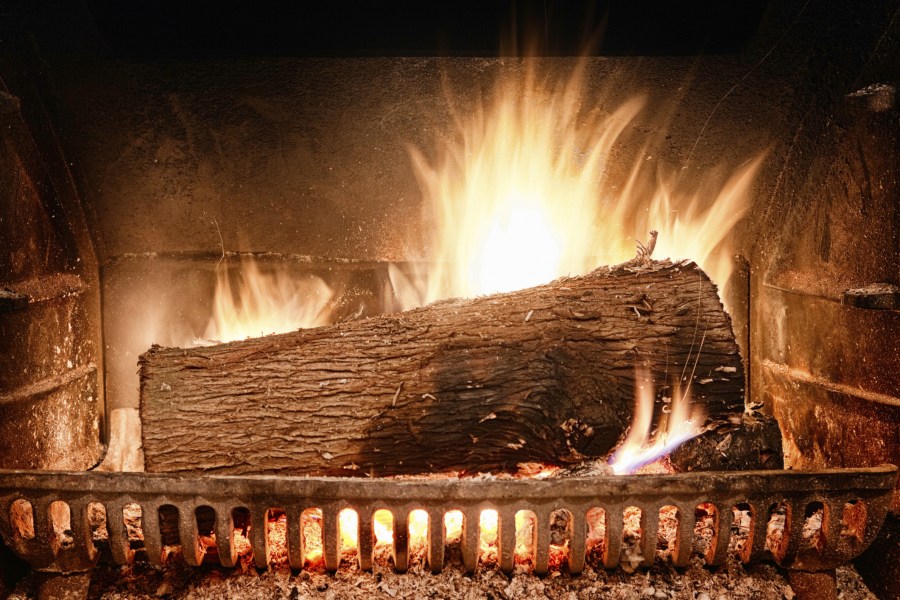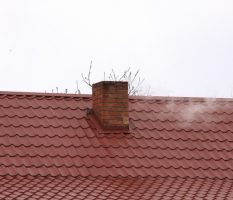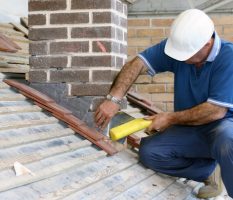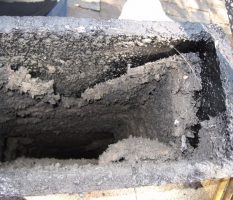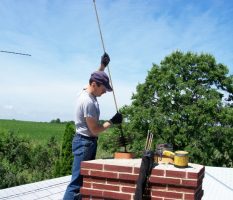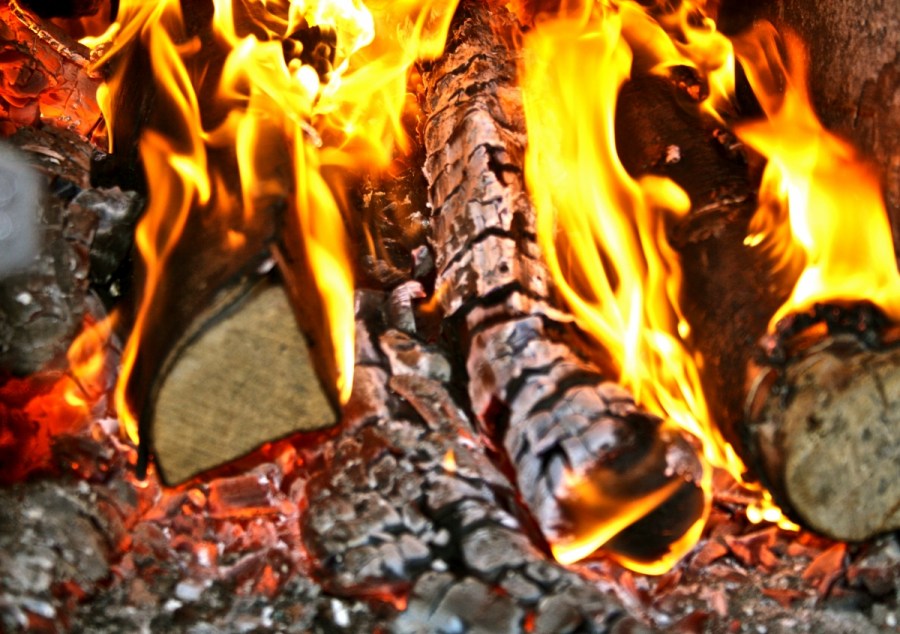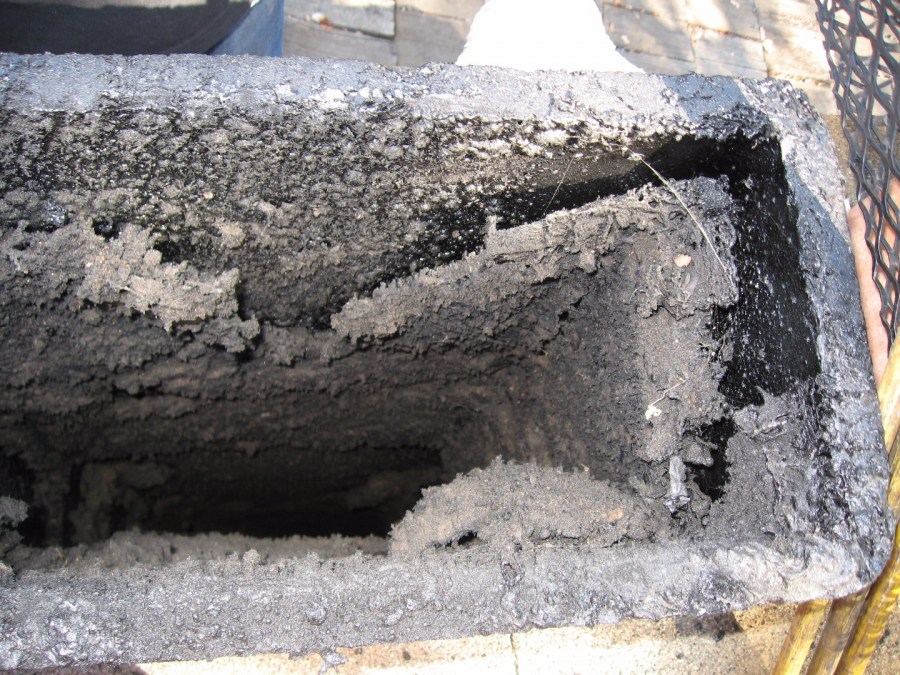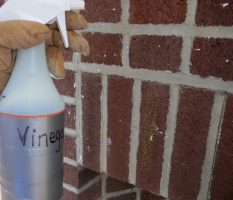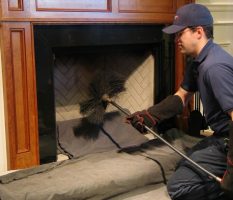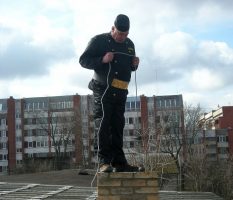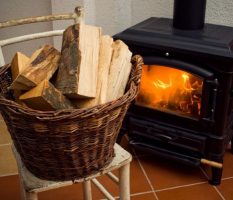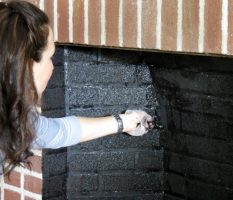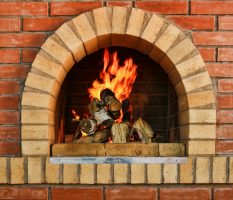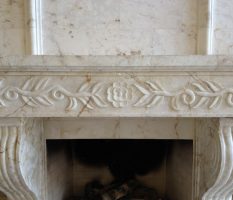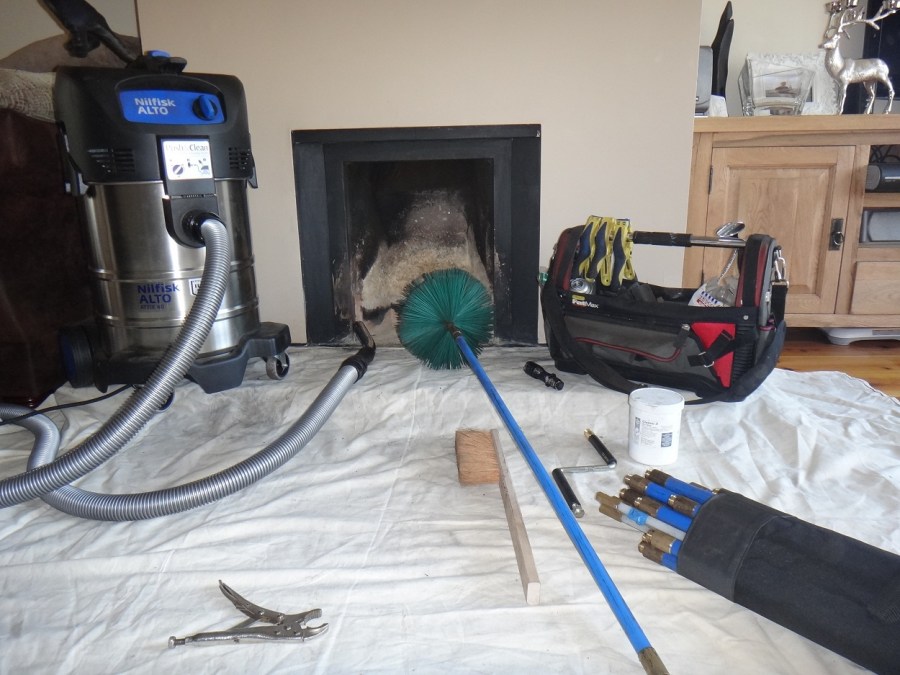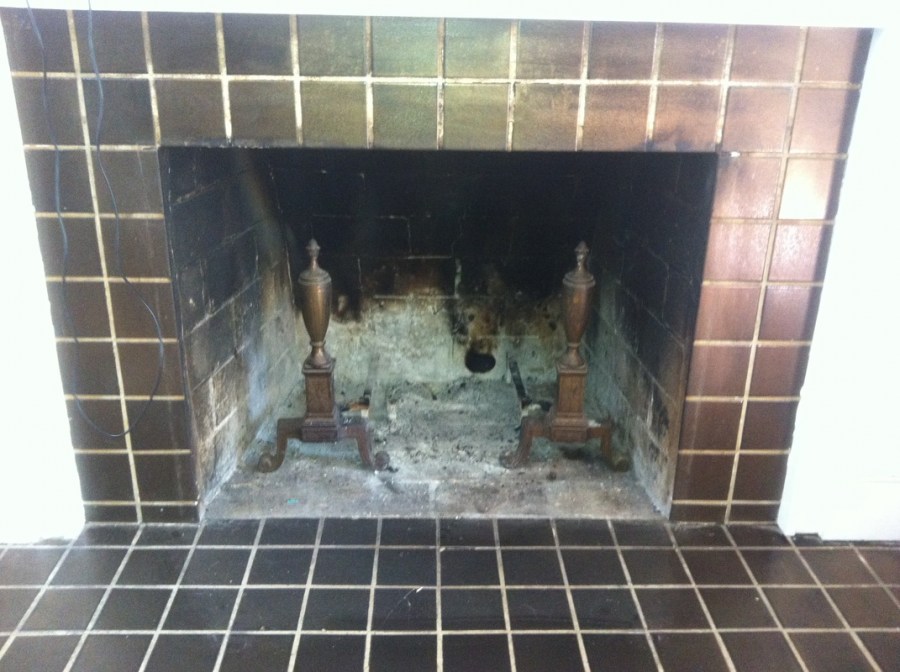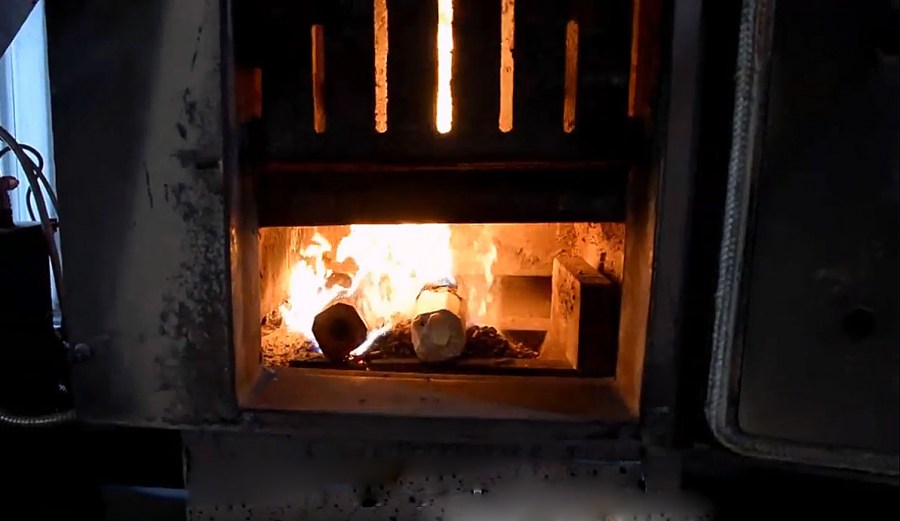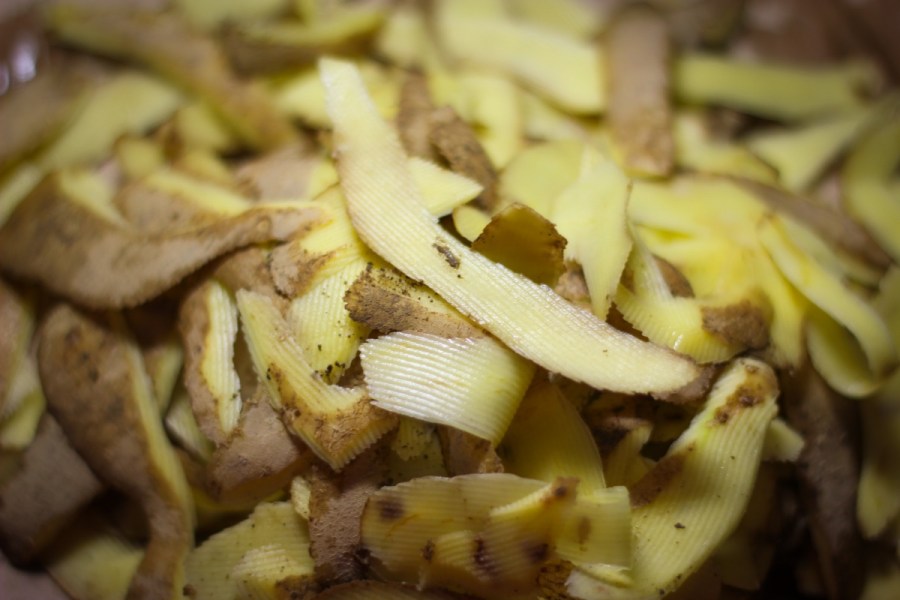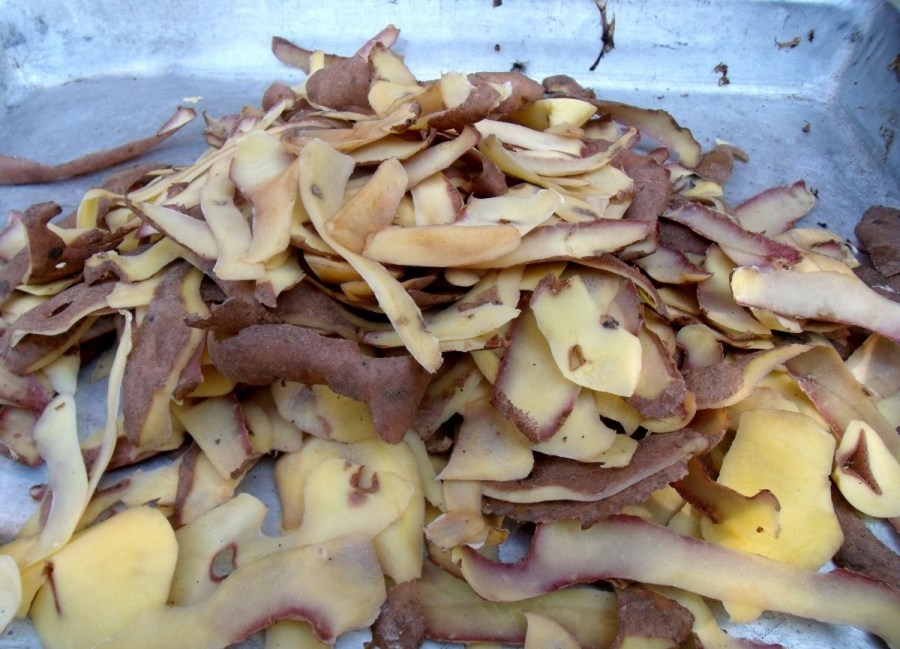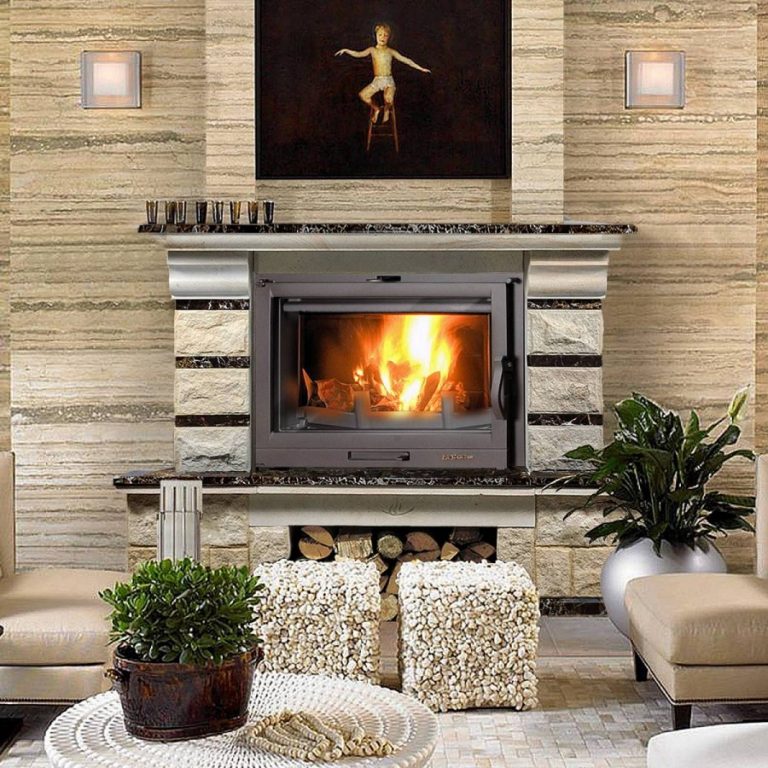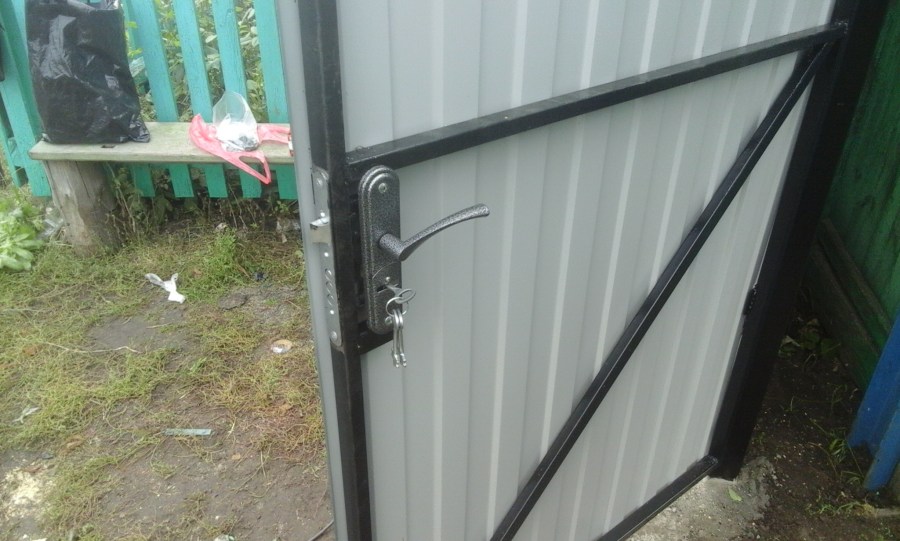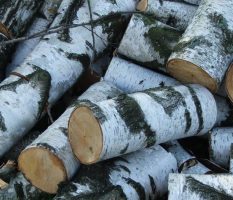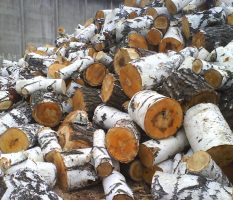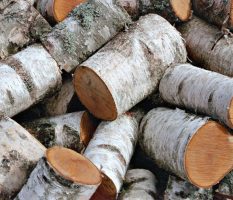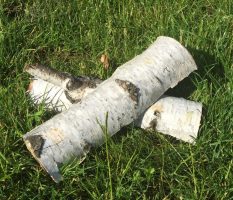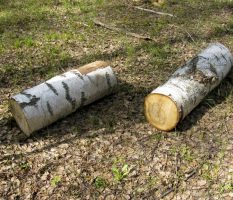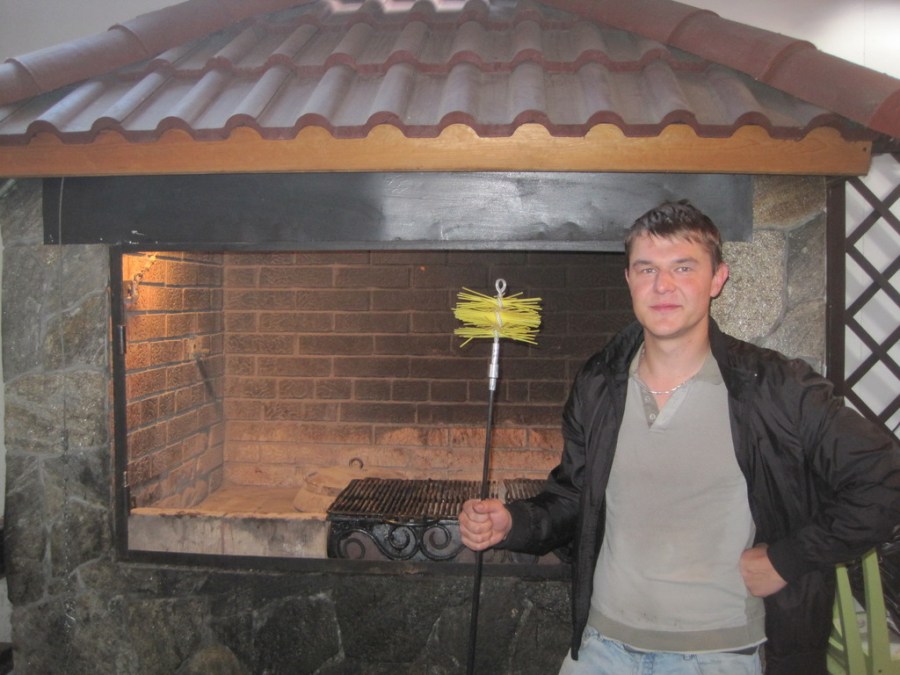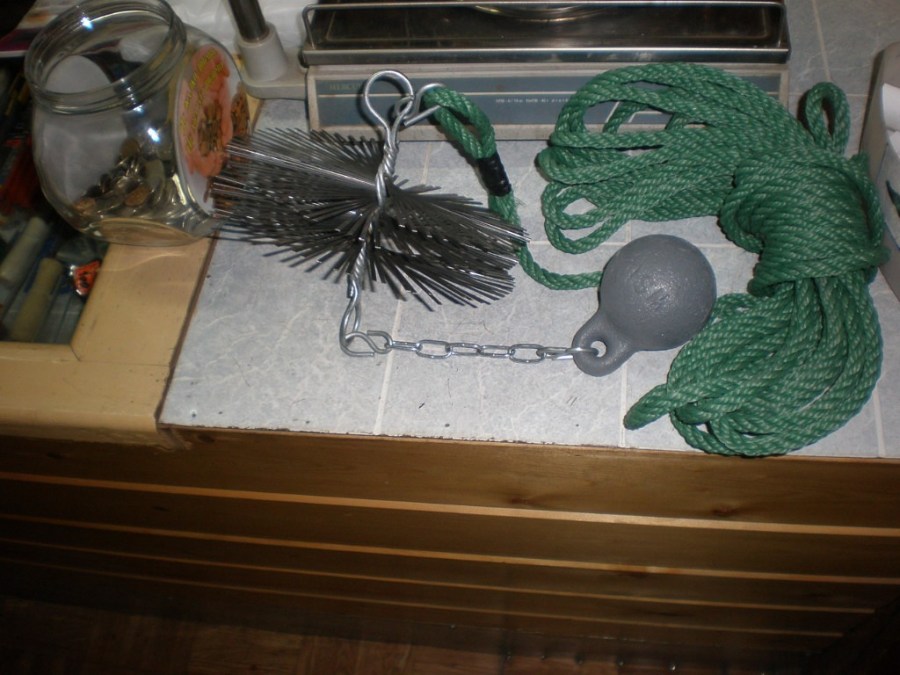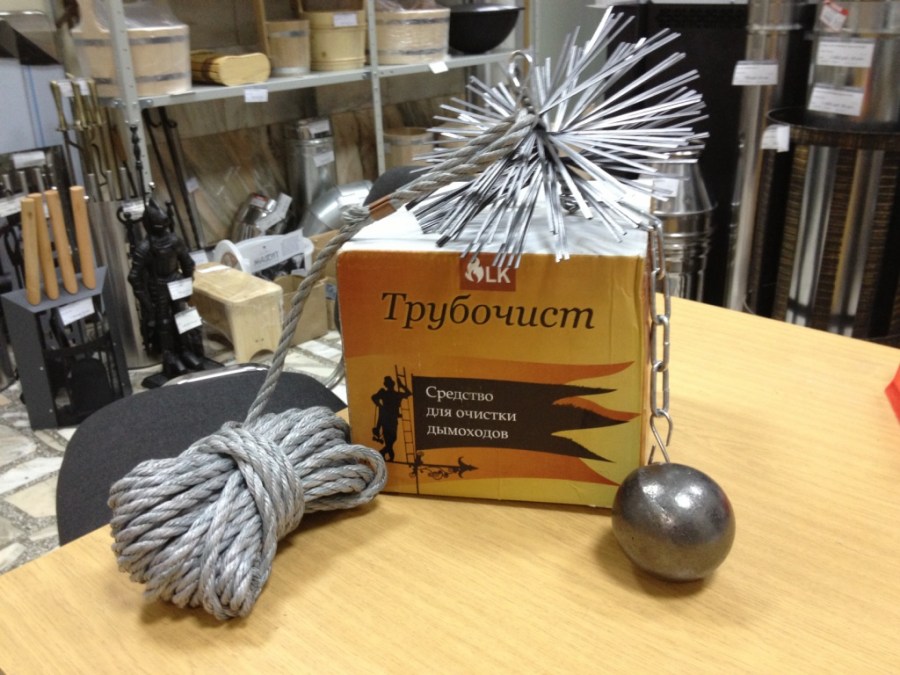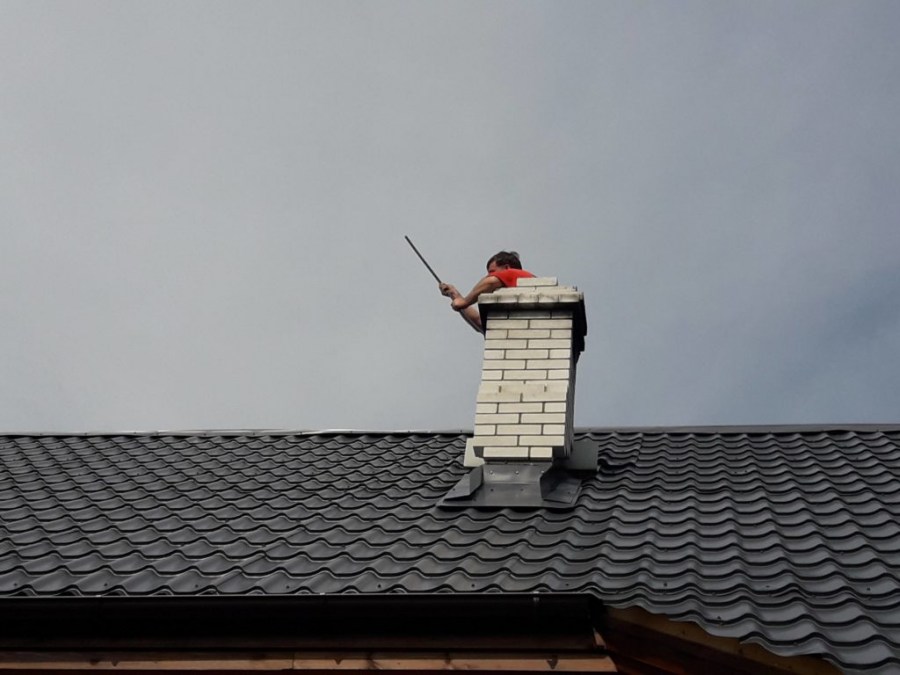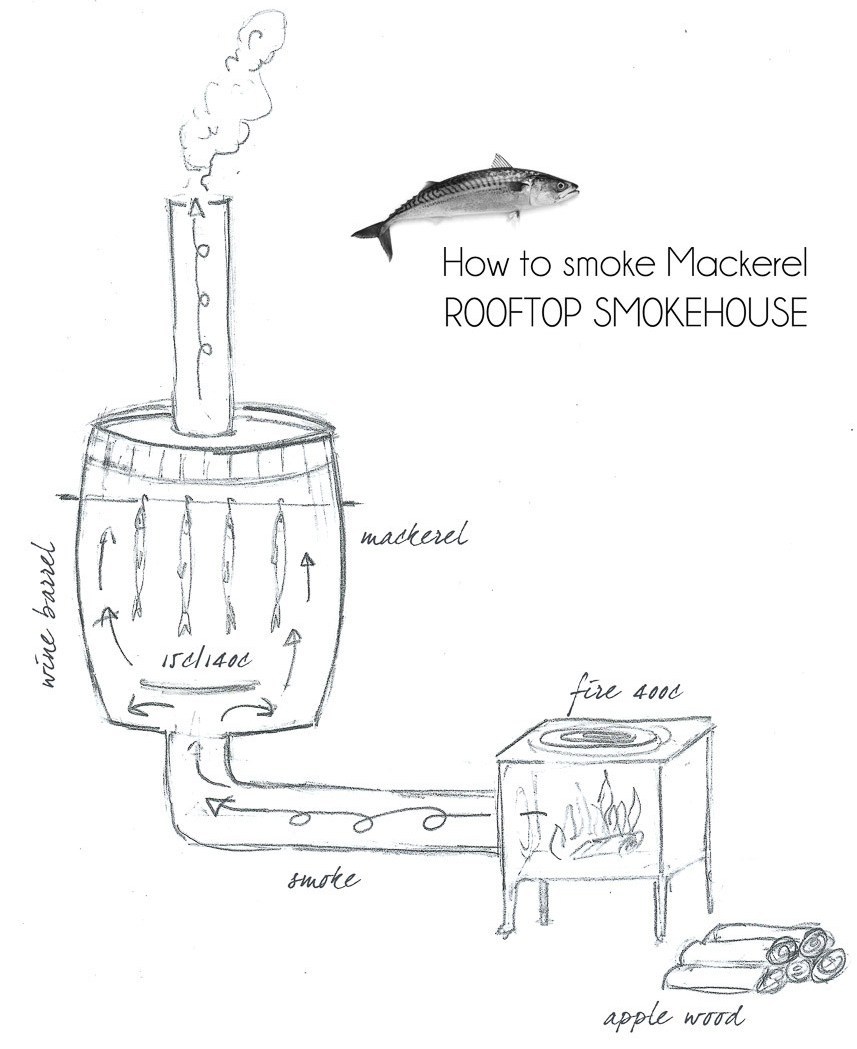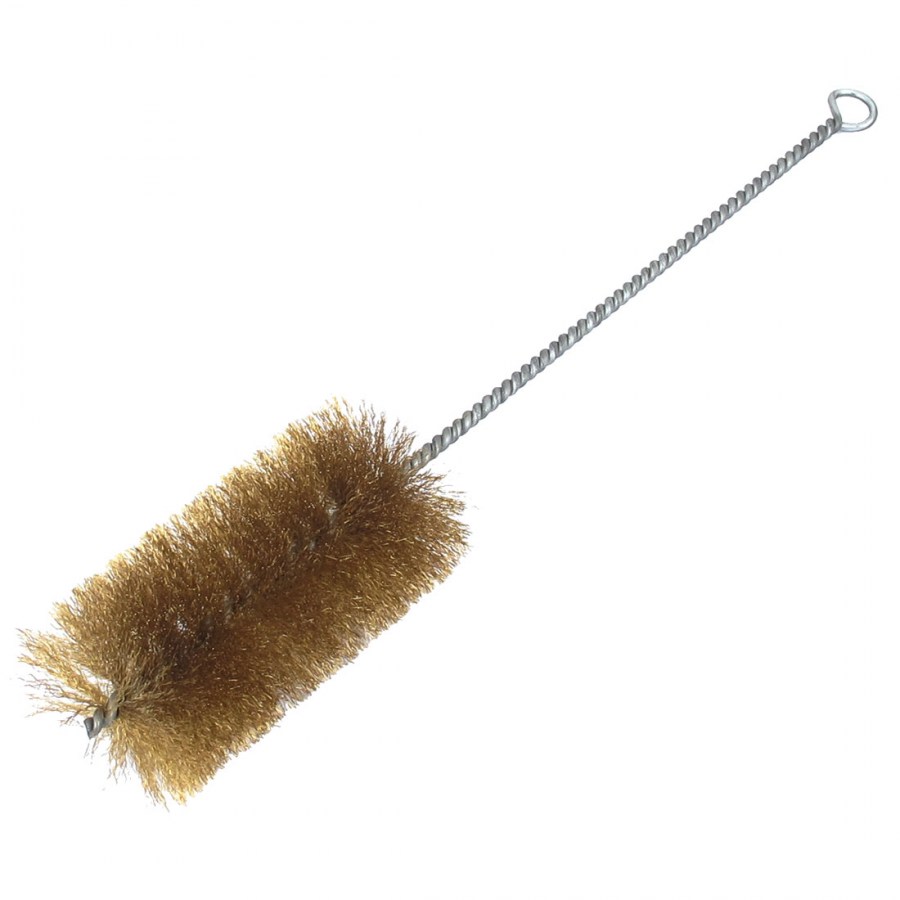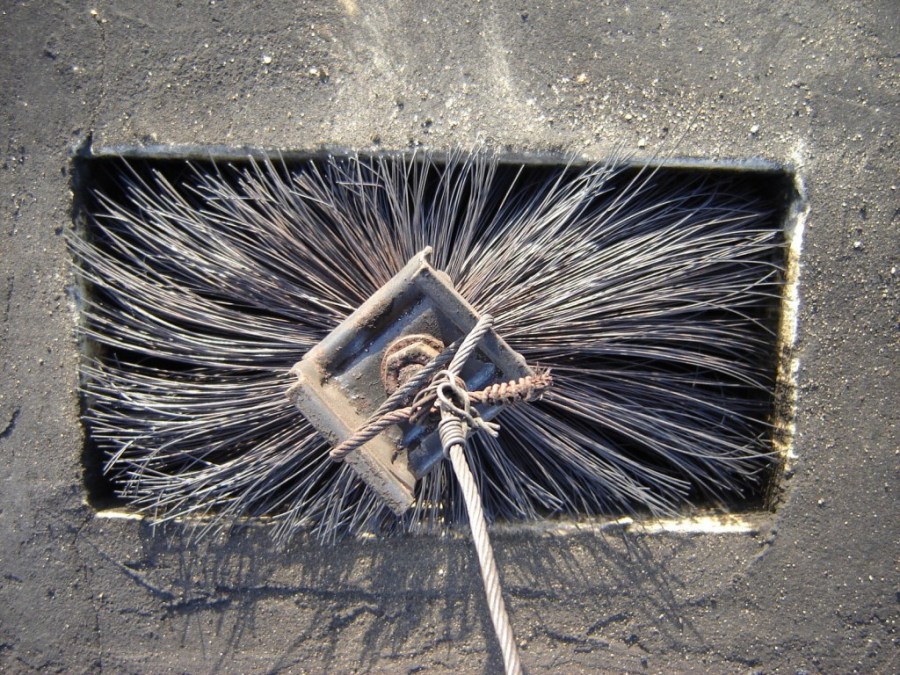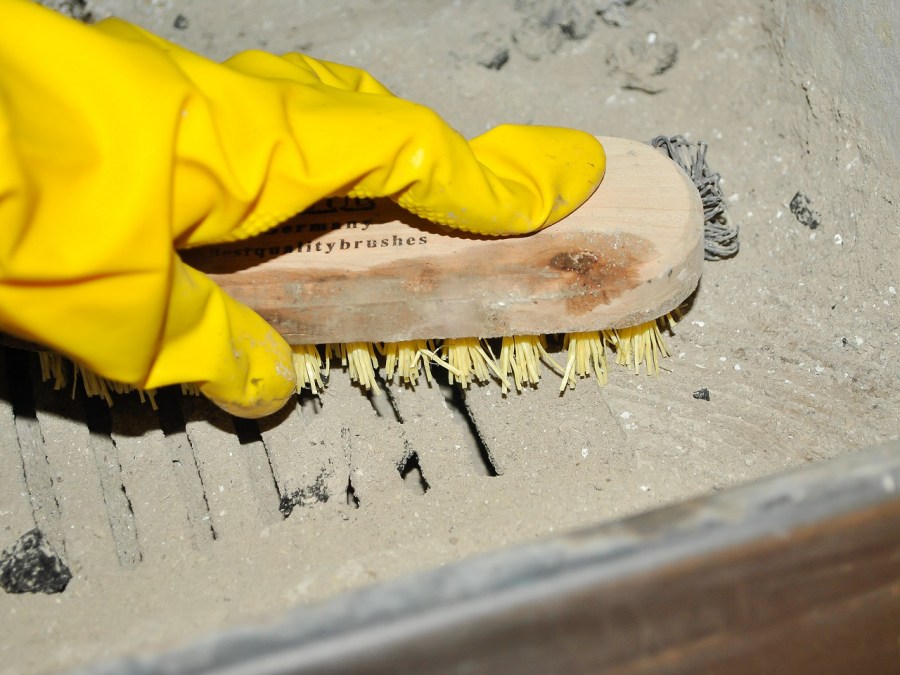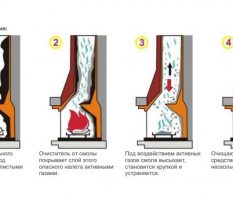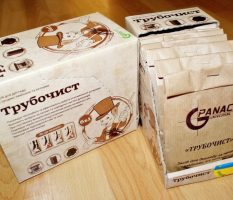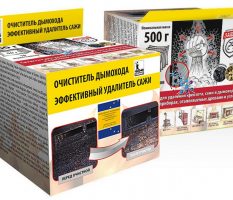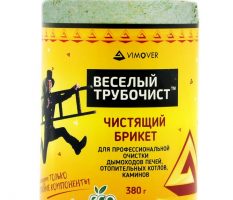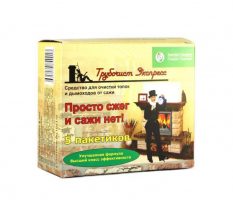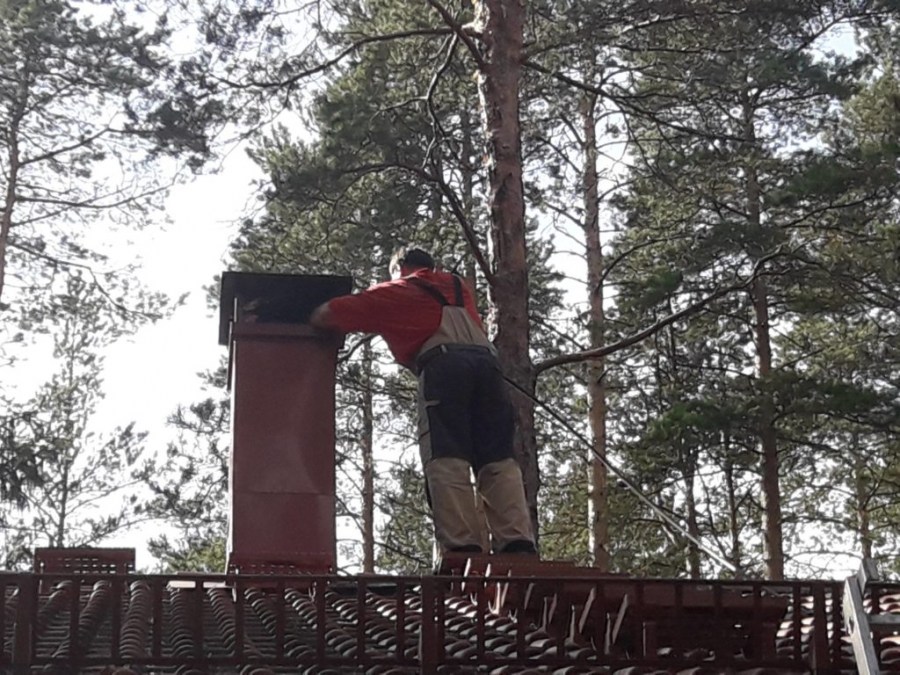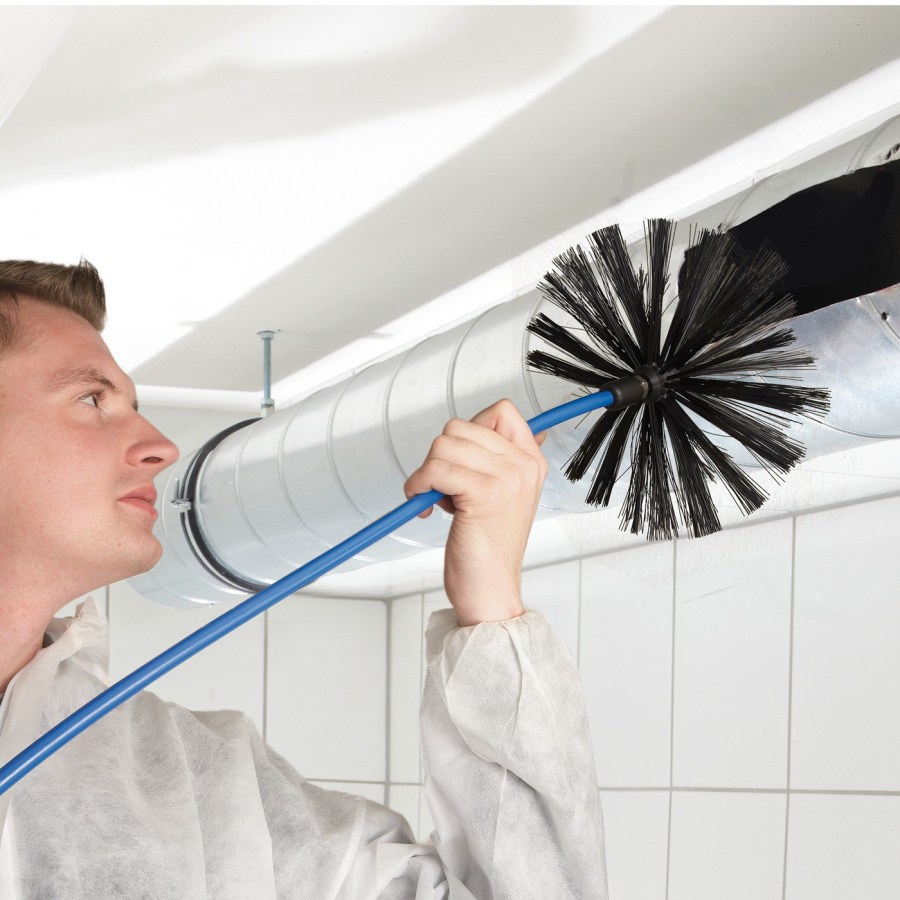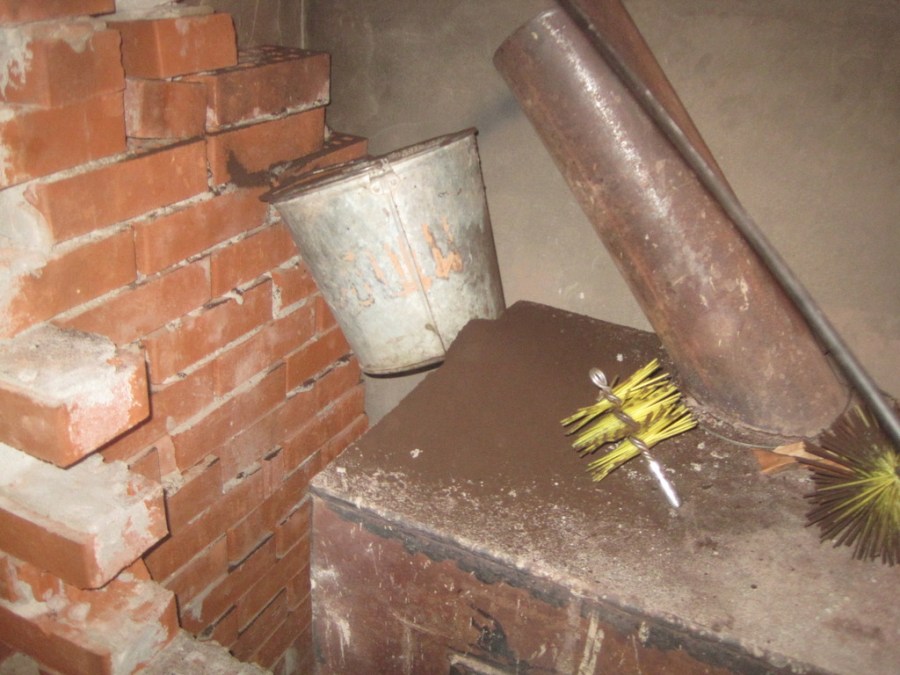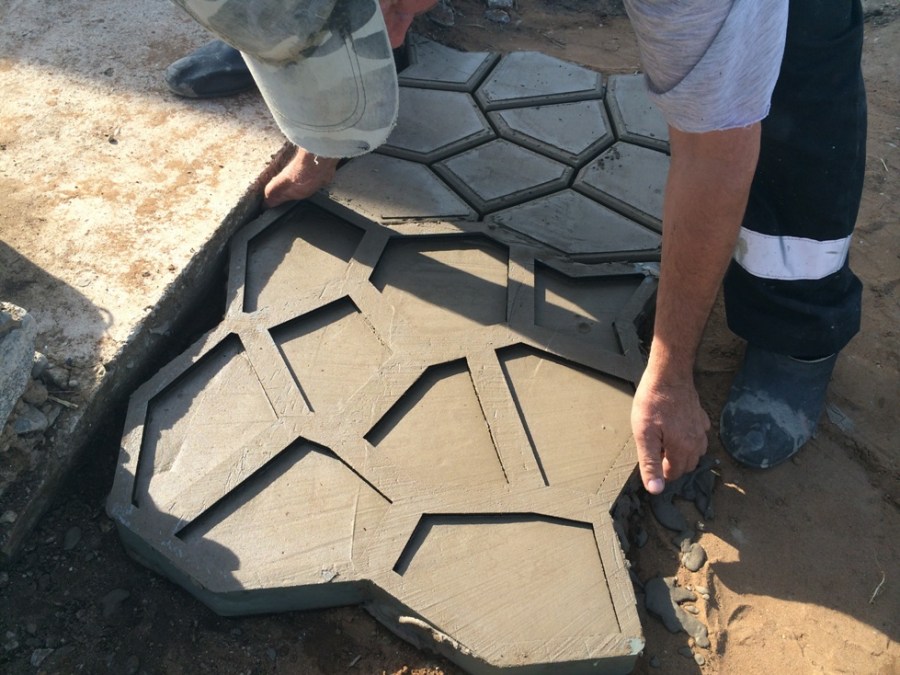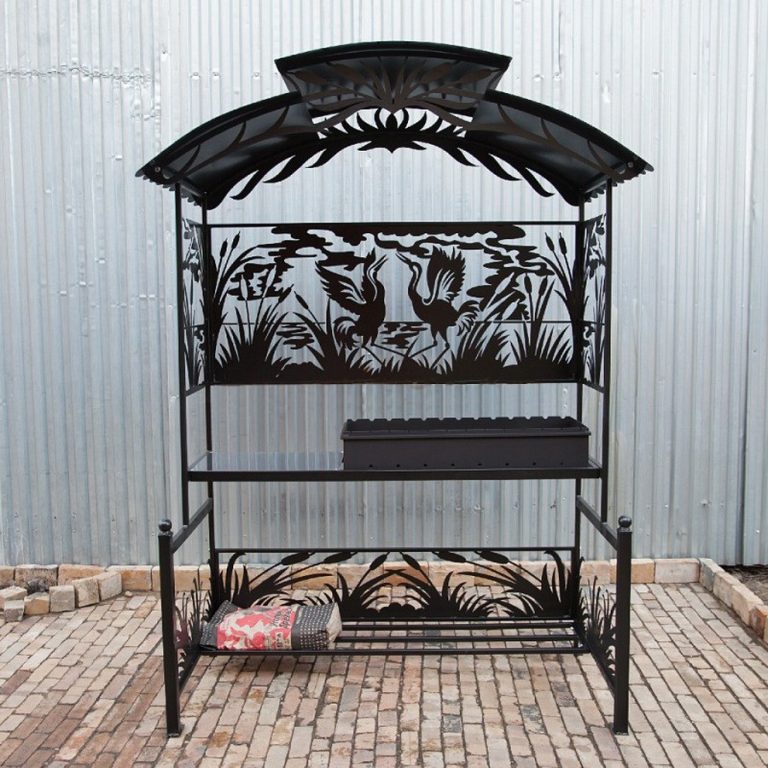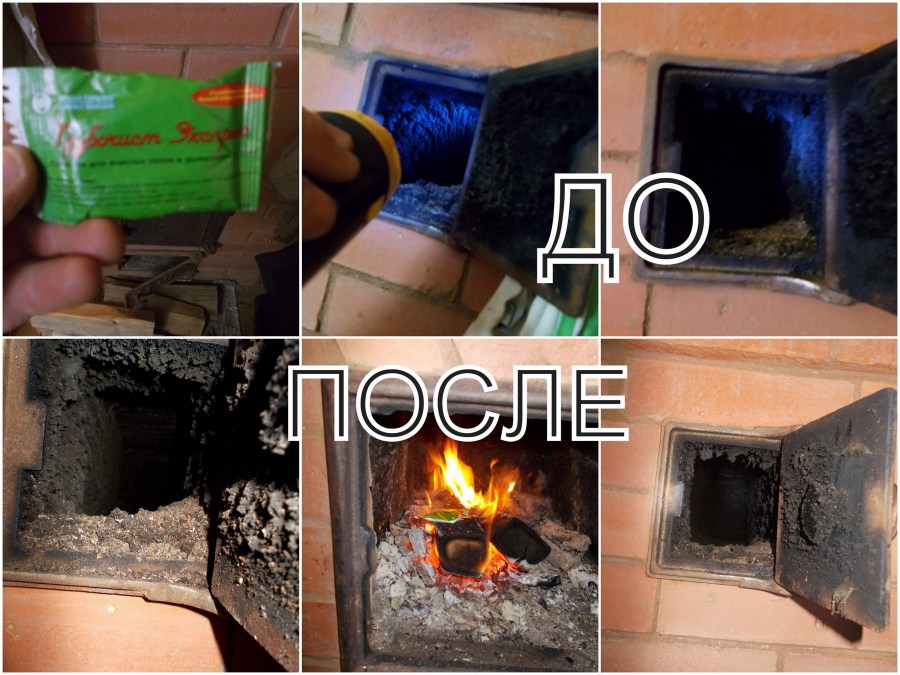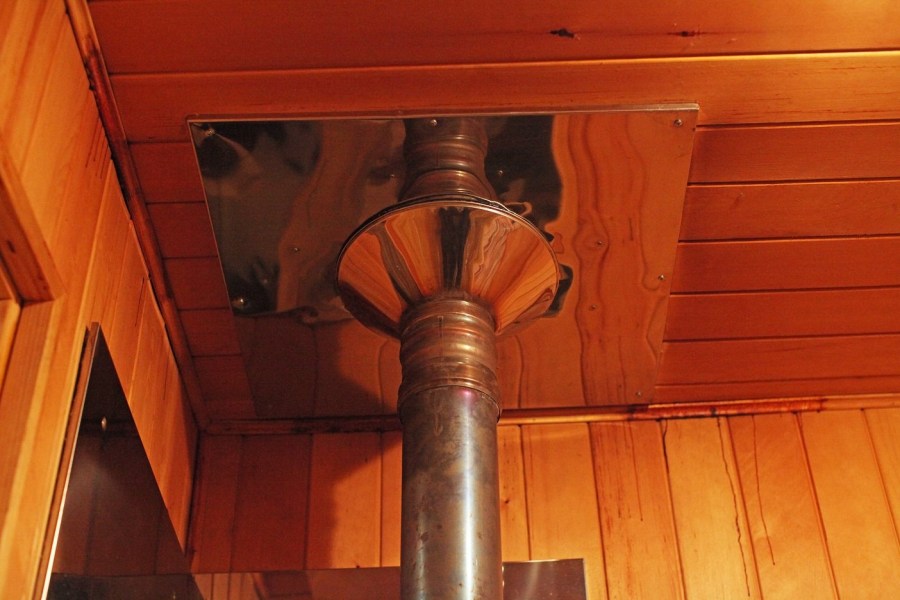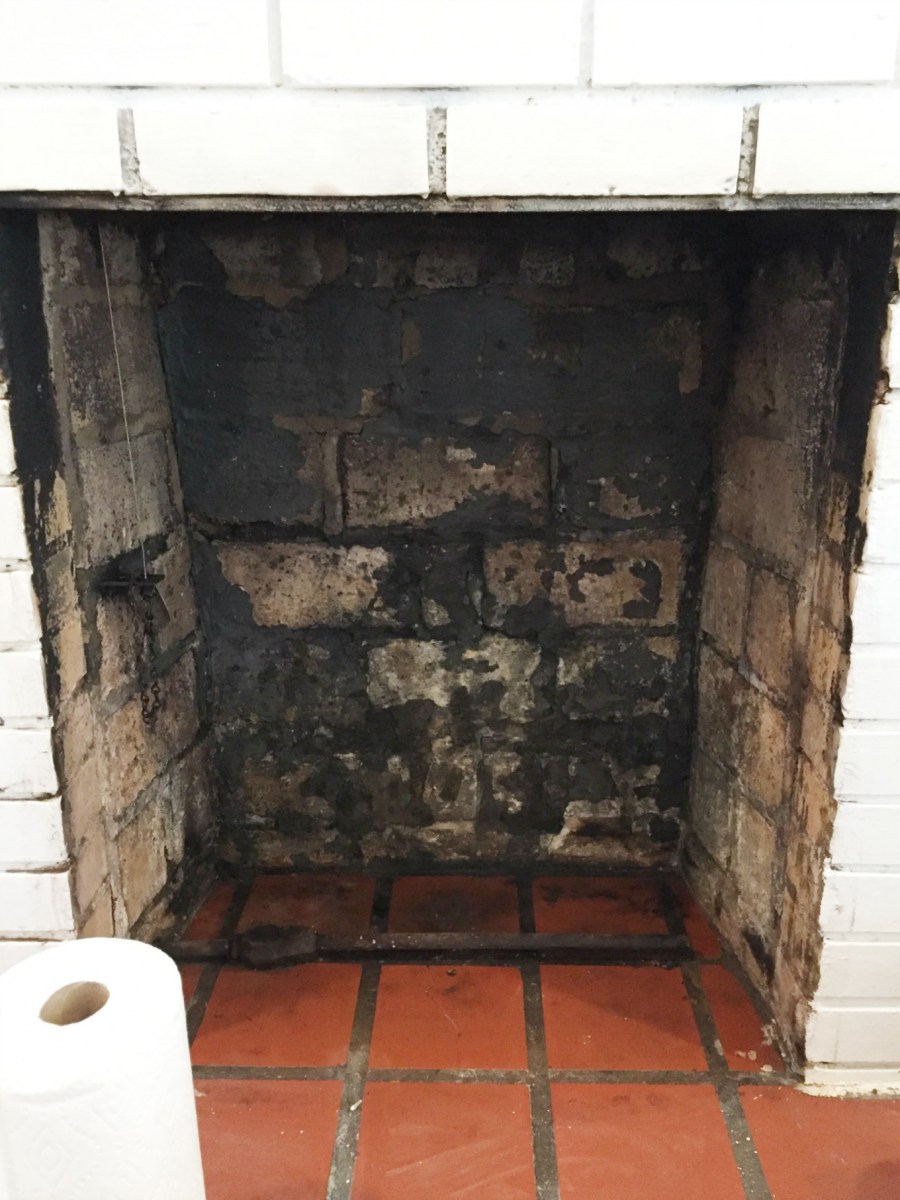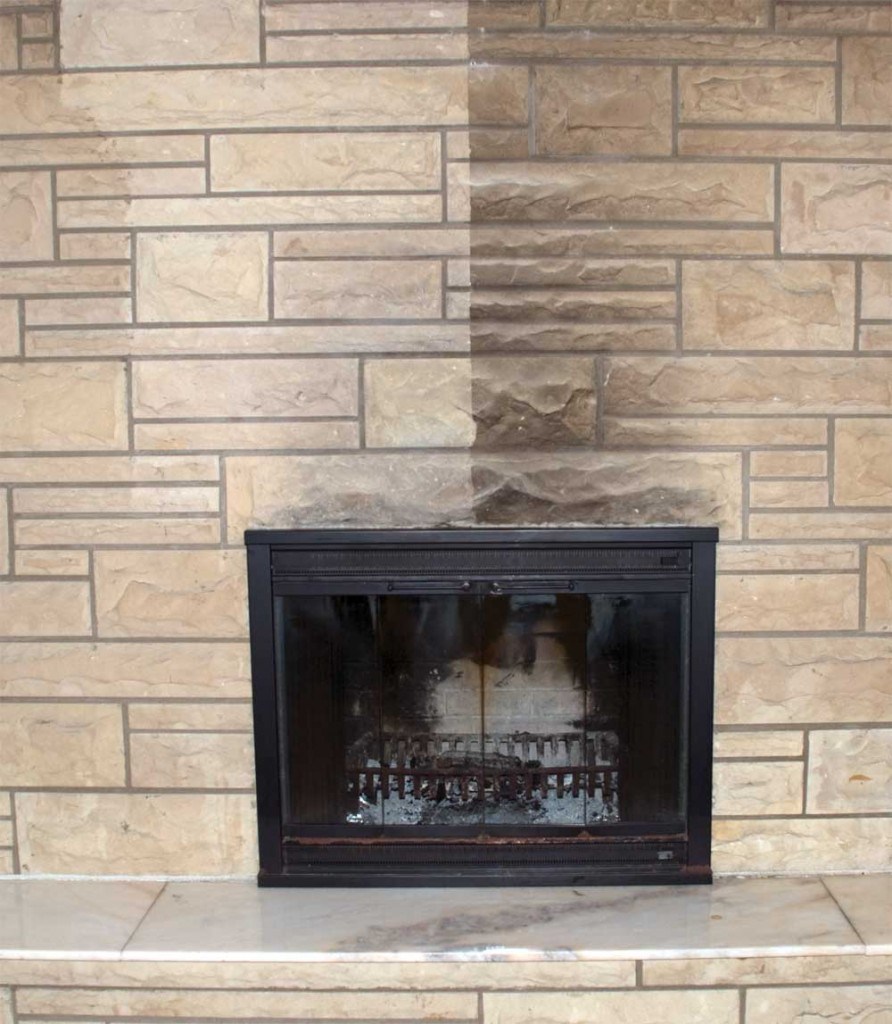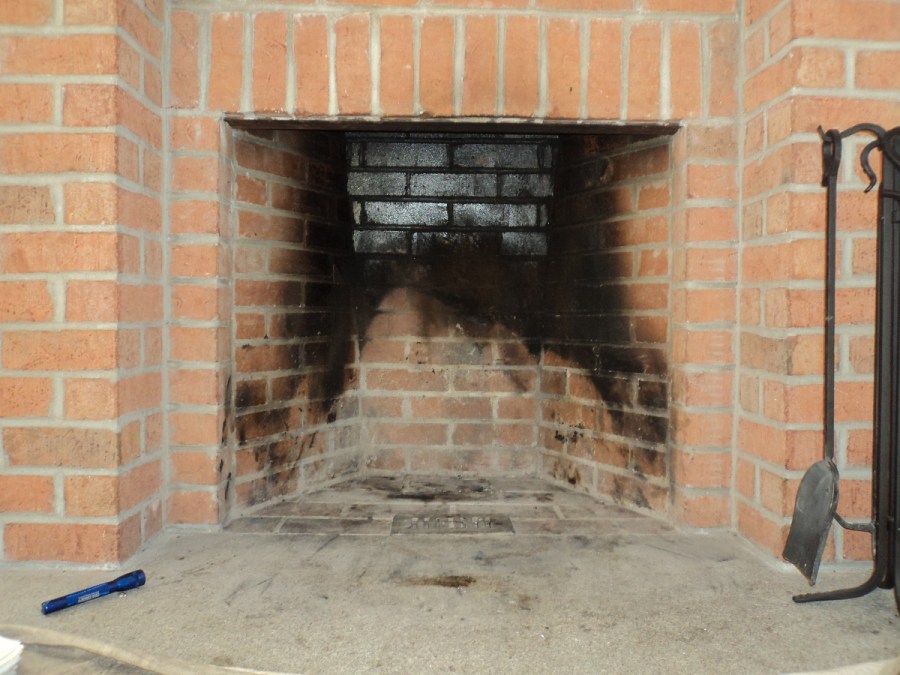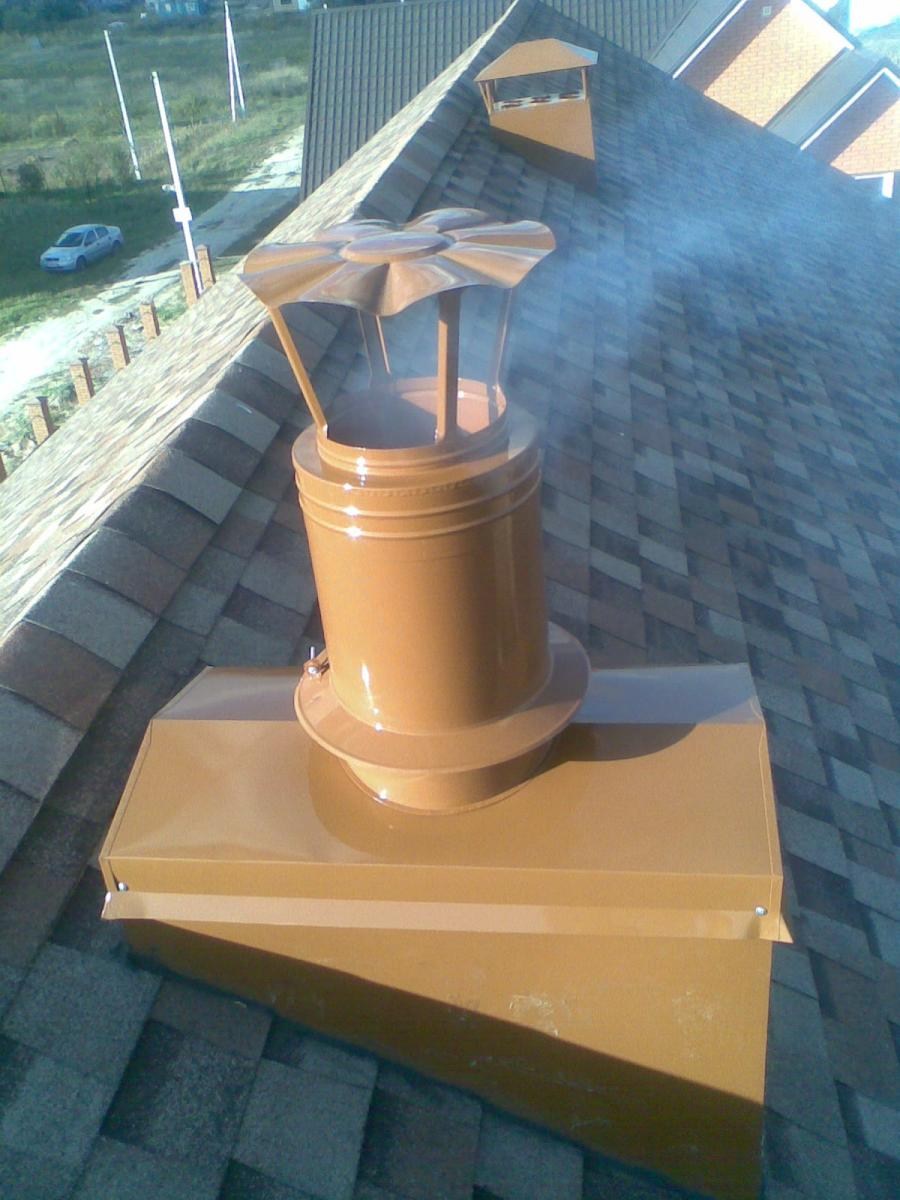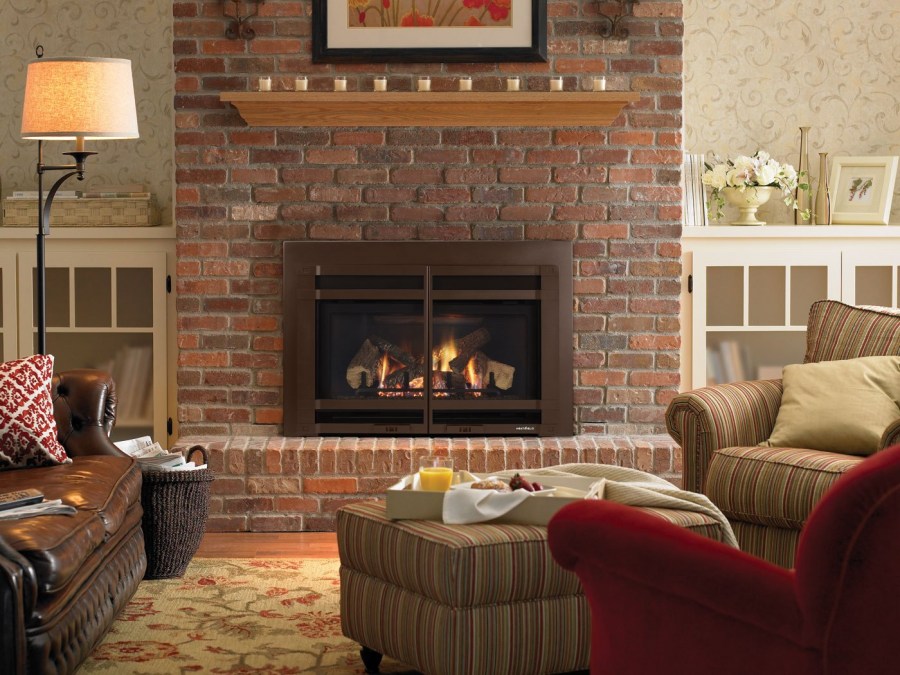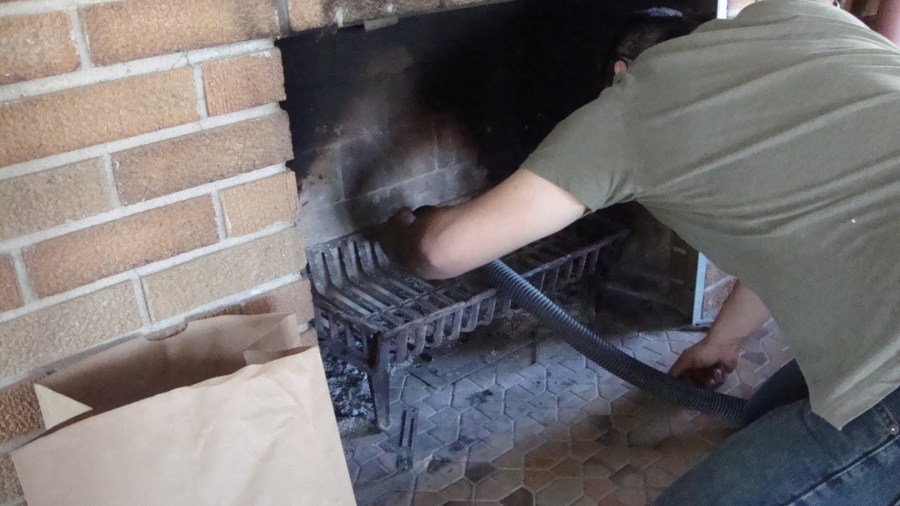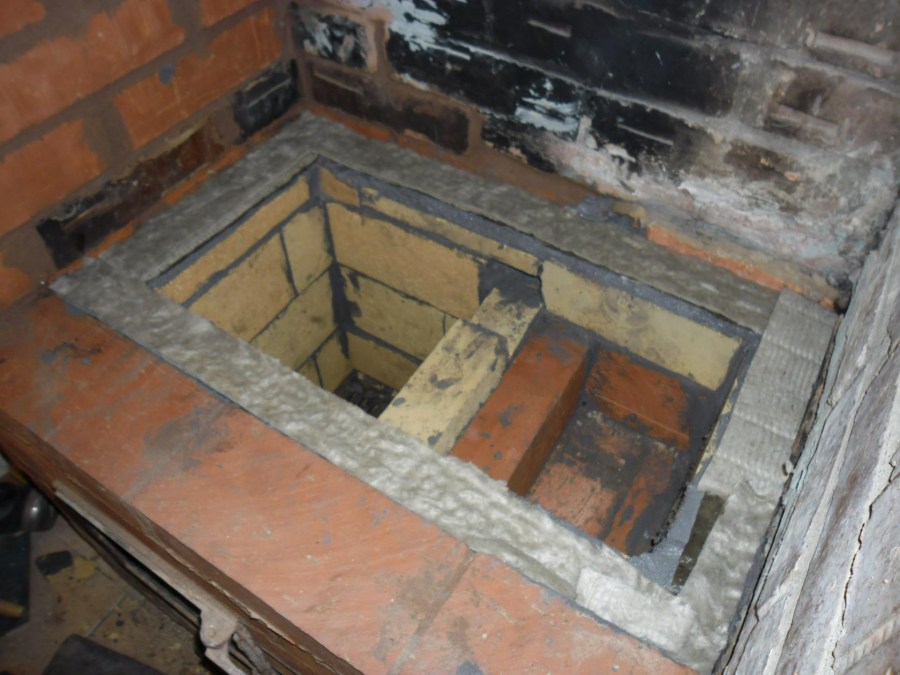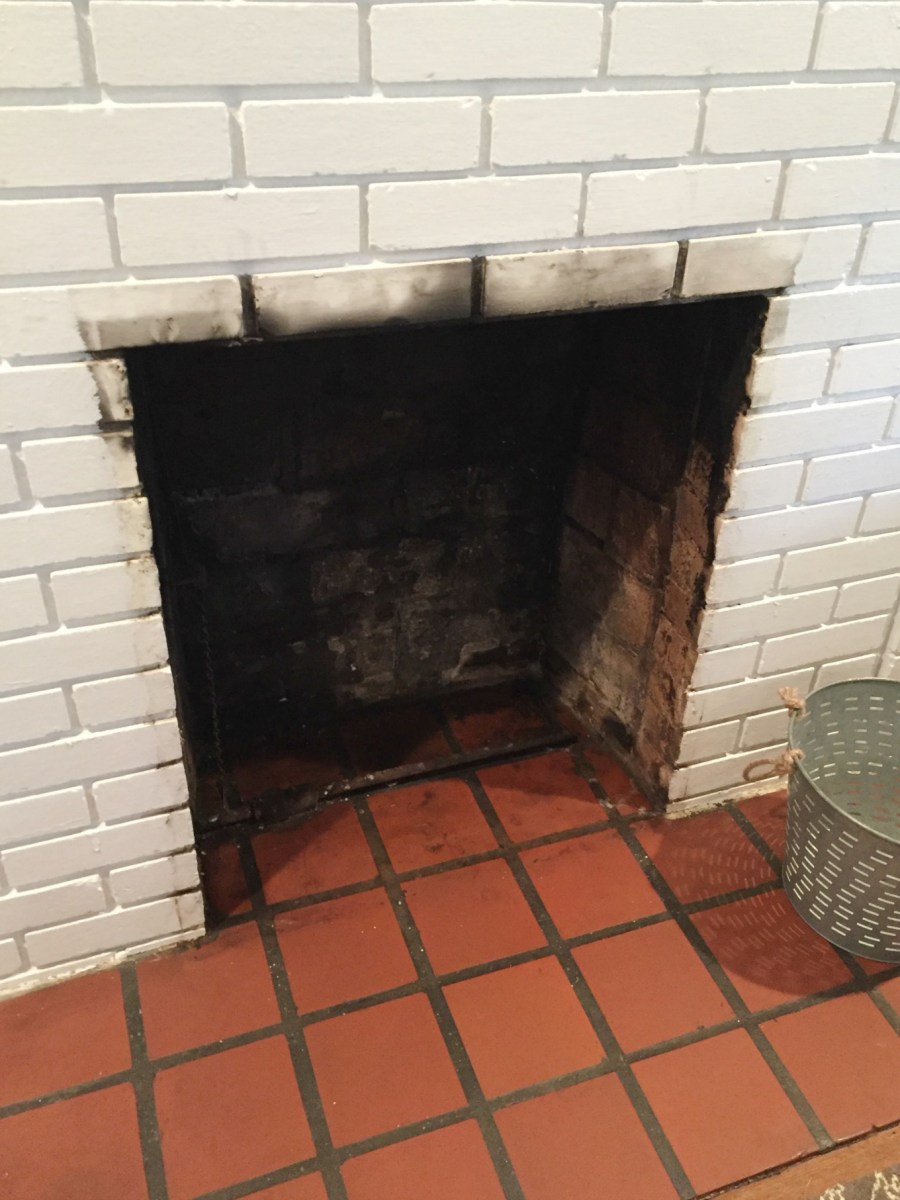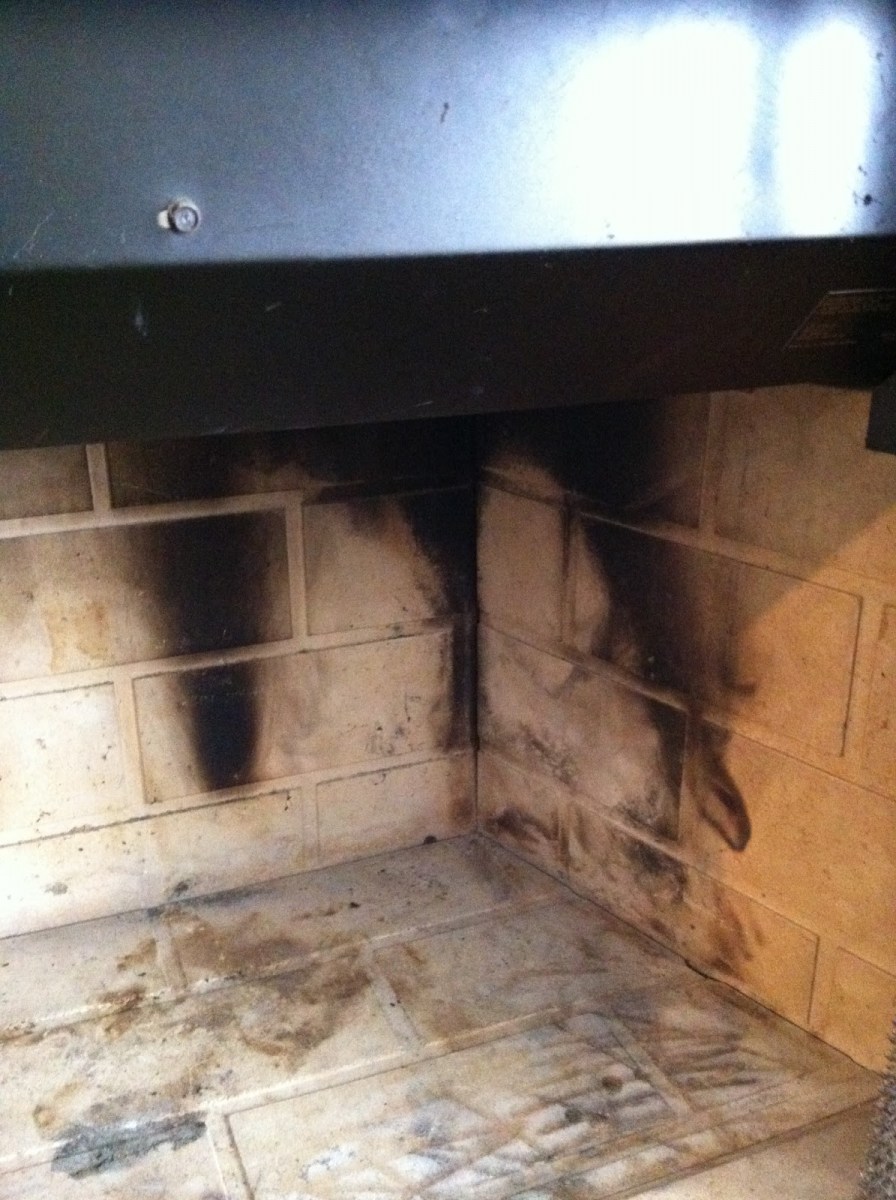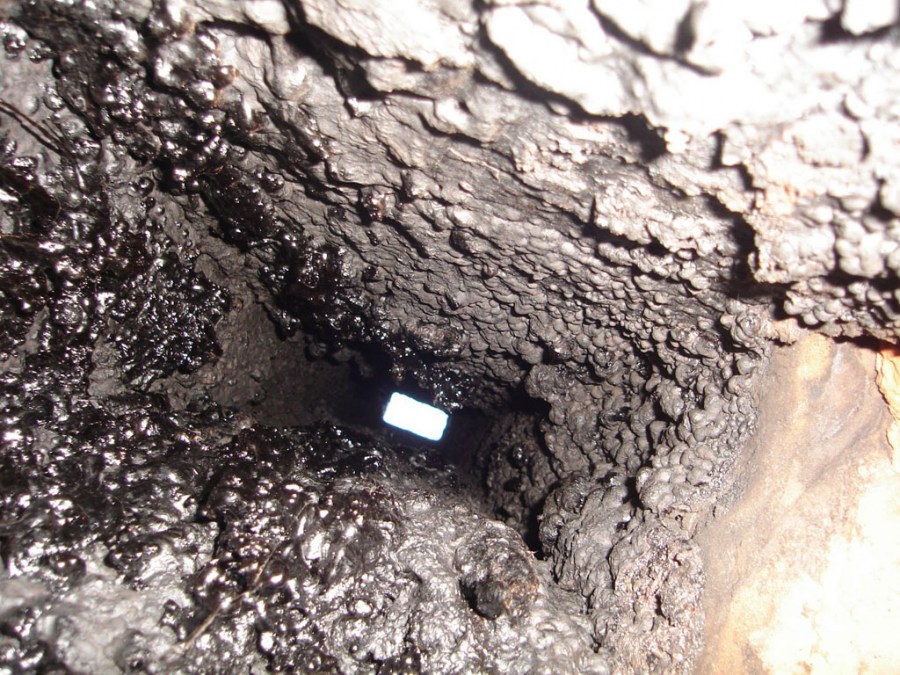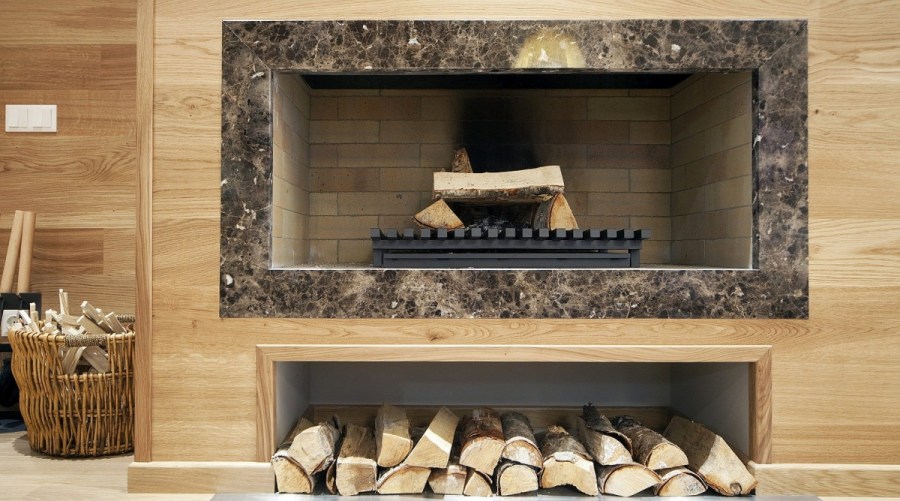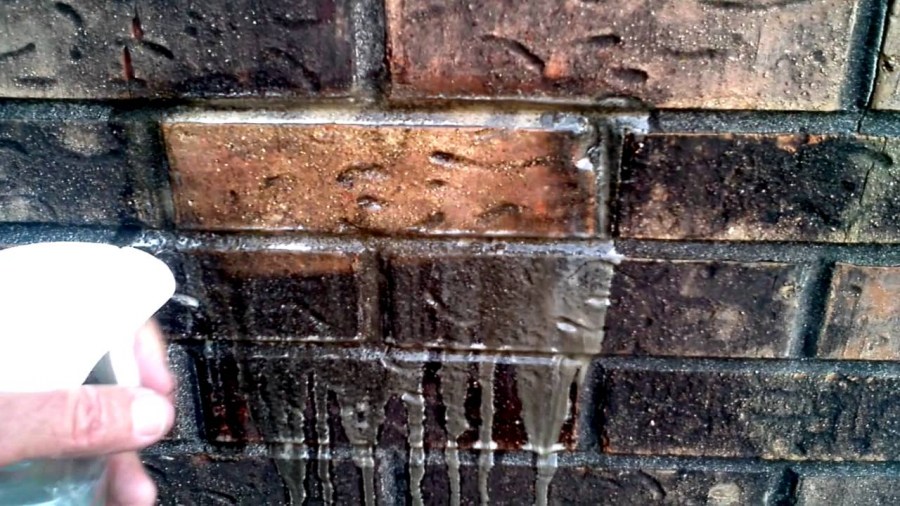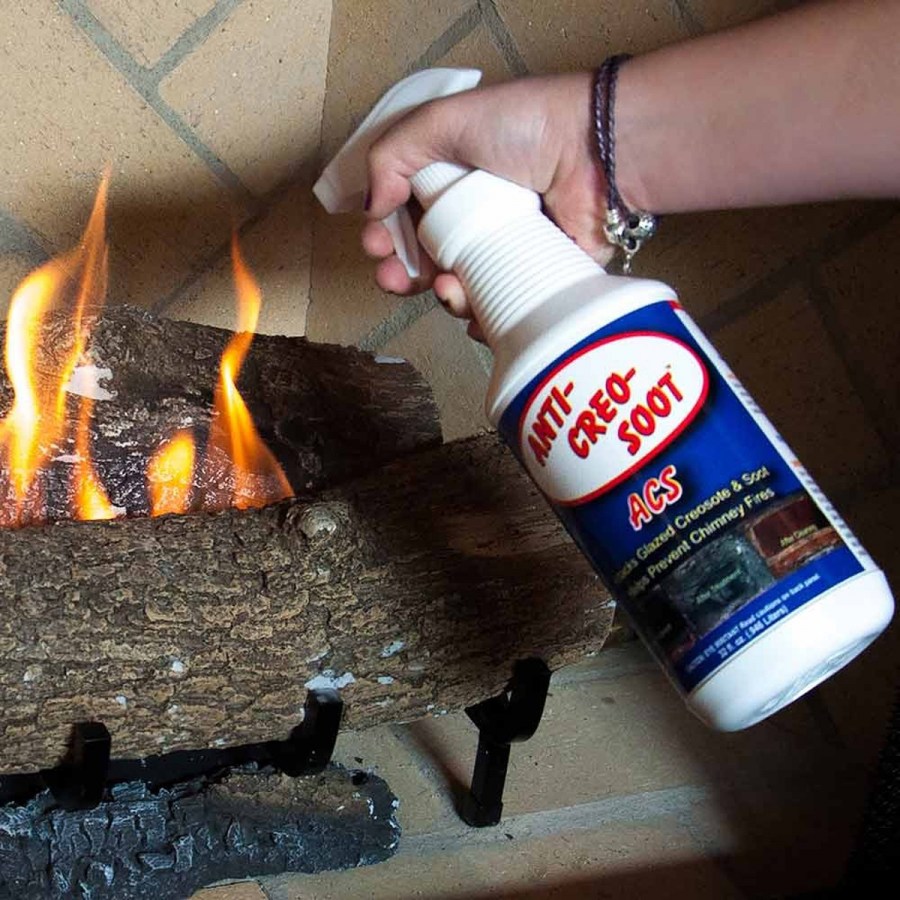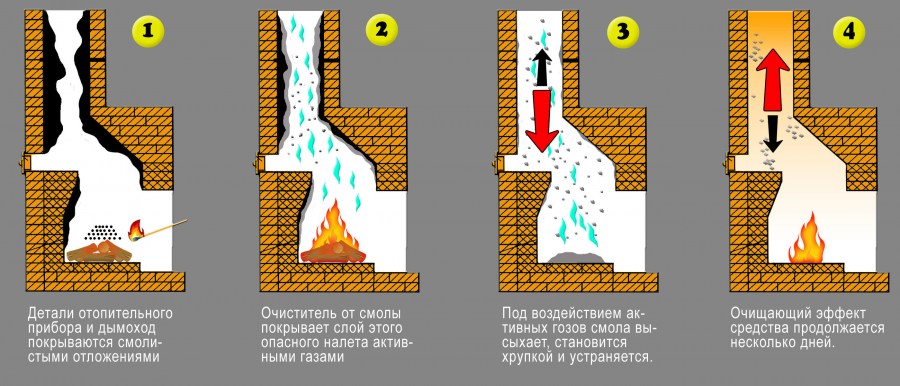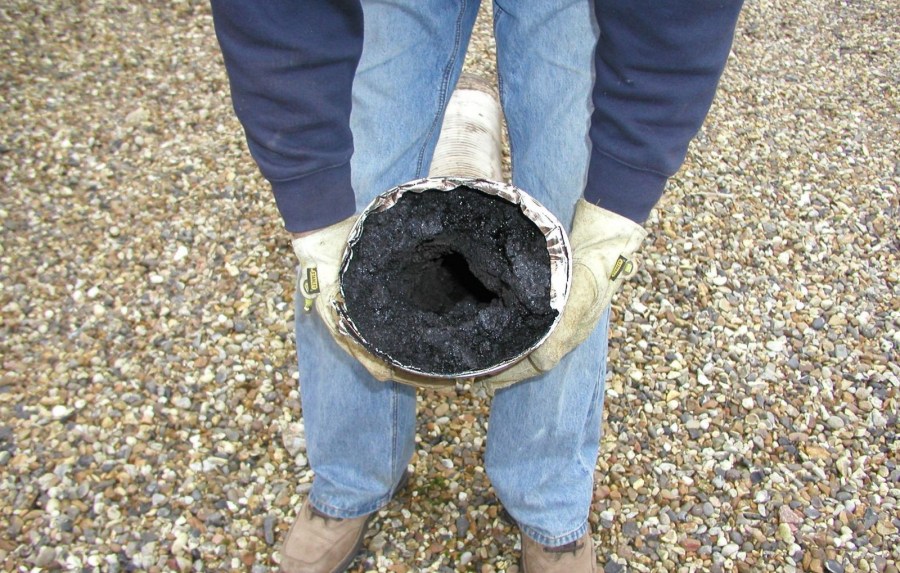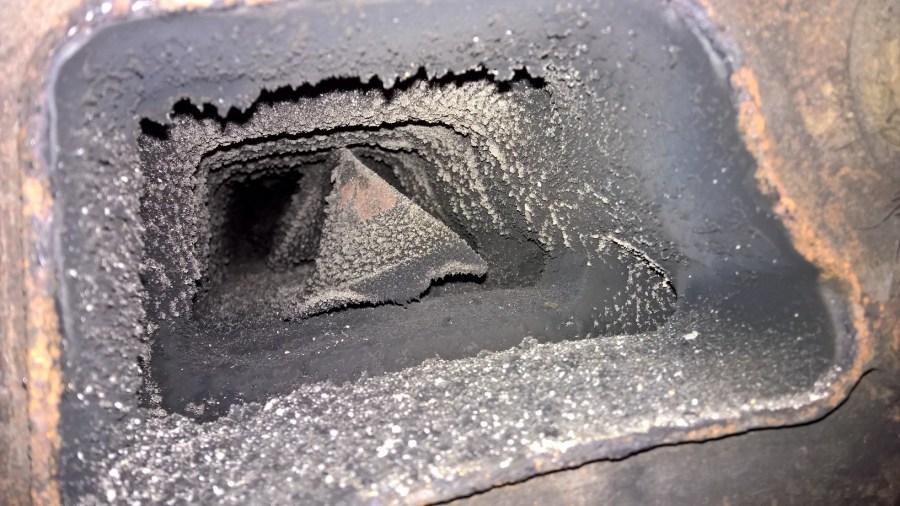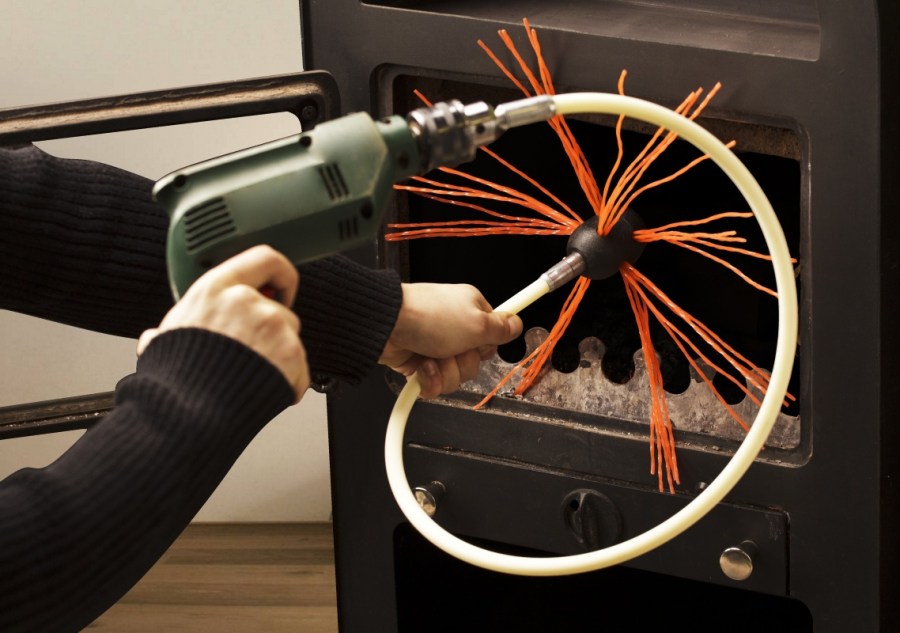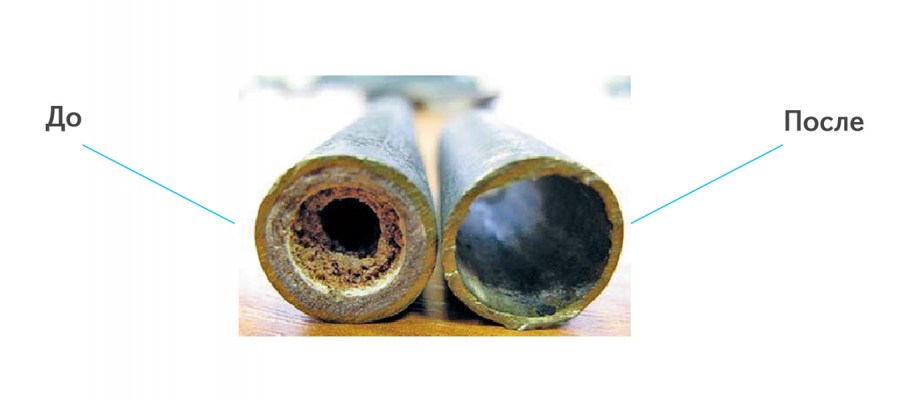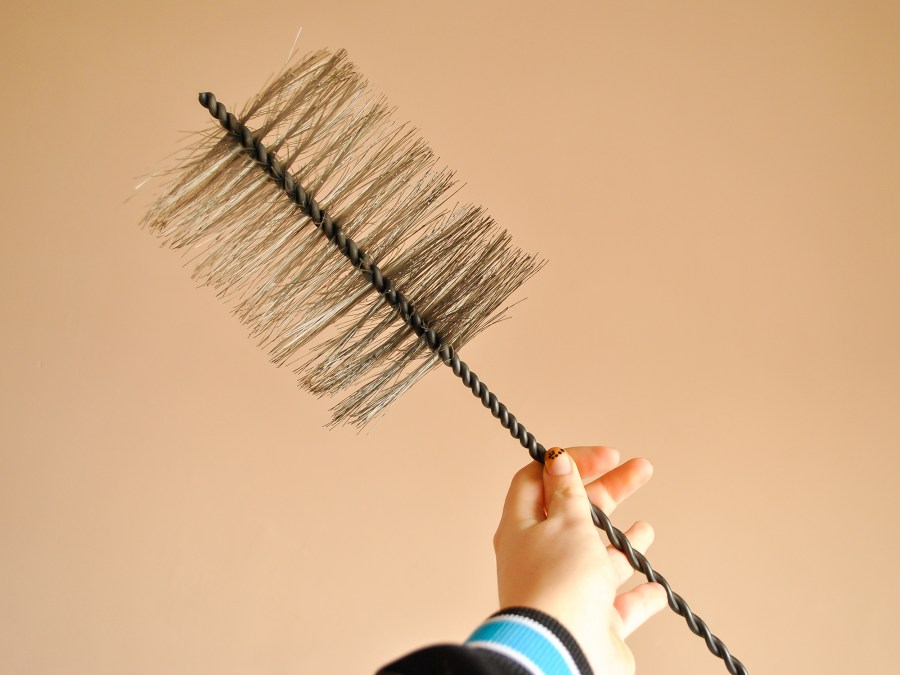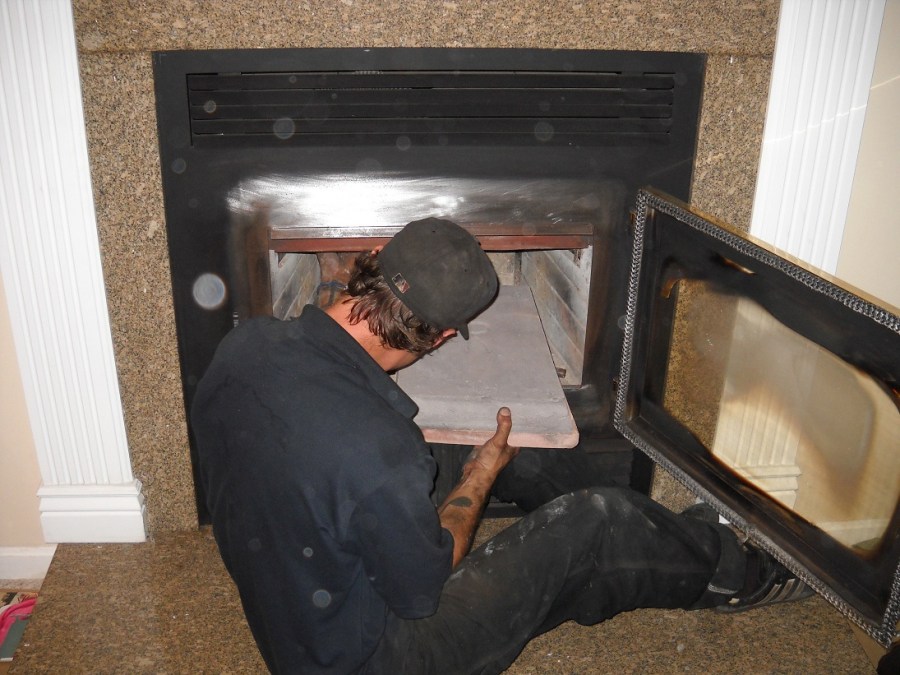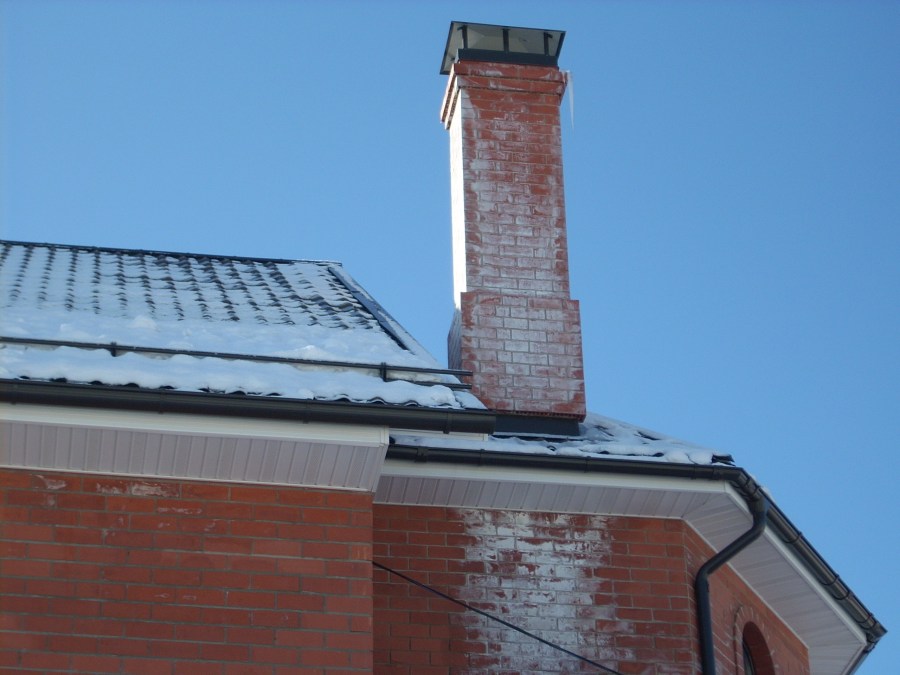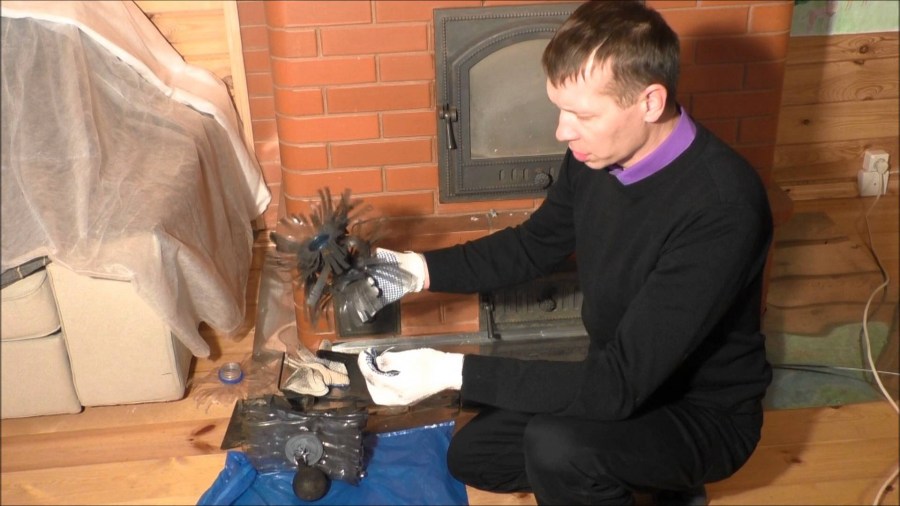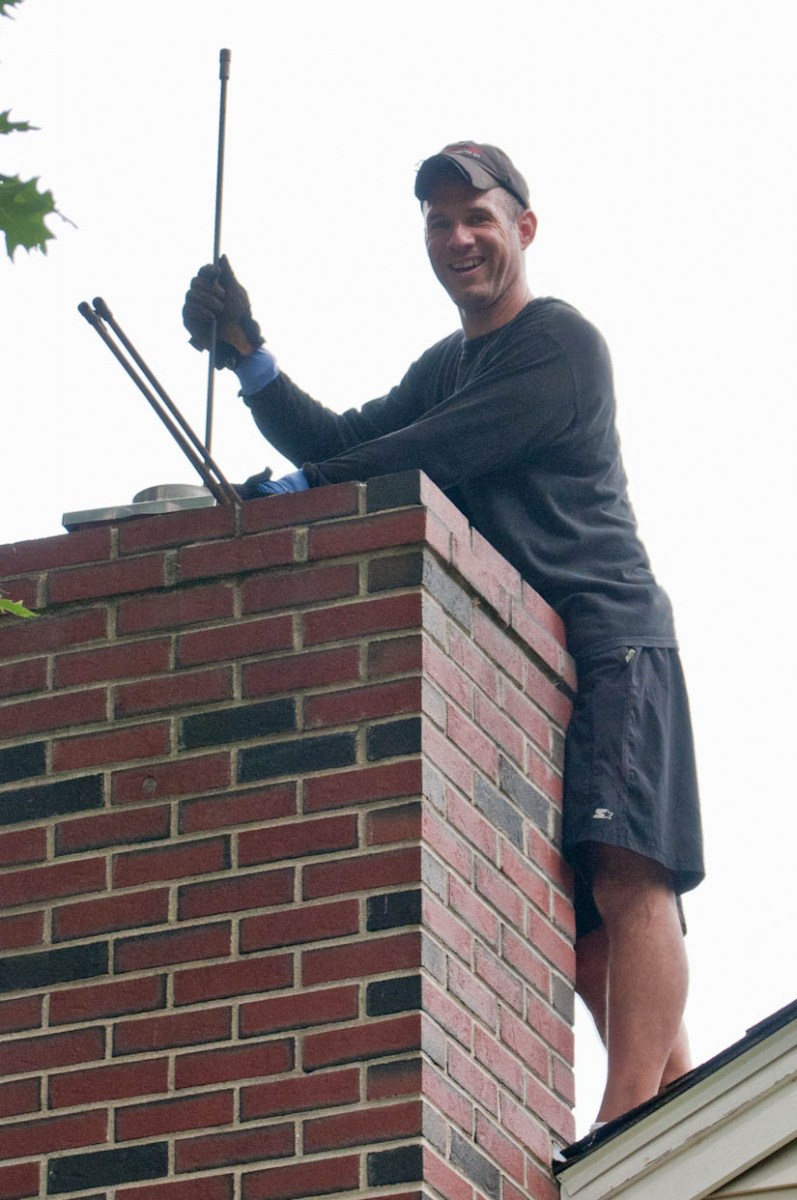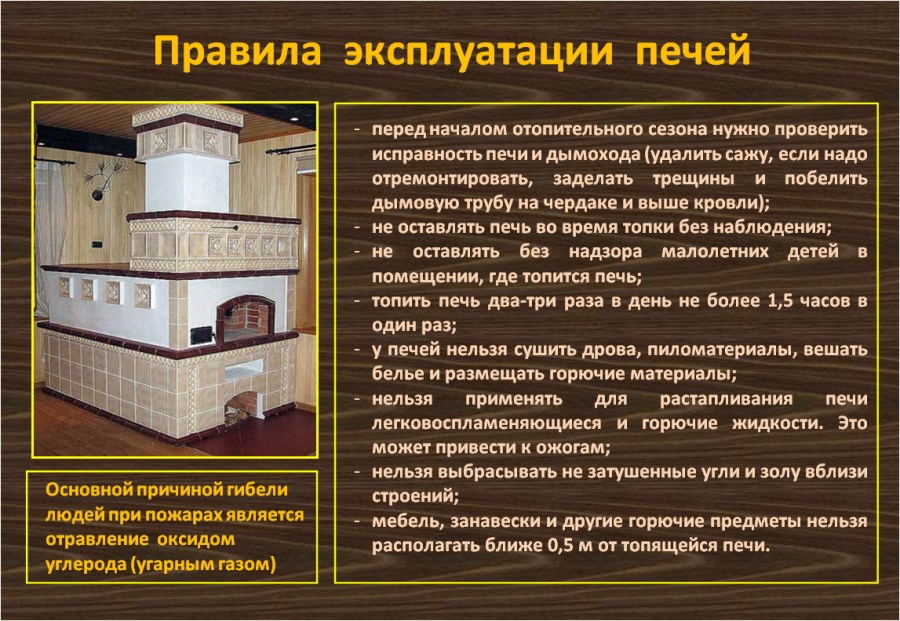Cleaning soot - how to clean it with your own hands at home? Instruction + photo!
Stoves and fireplaces are an integral attribute of the interior in many suburban and country houses. Thanks to this device, you can quickly and efficiently heat the premises. It is also an important element of decor, giving the atmosphere notes of comfort and romance.
But to get this effect, you need to constantly monitor the condition of the stoves, prevent clogging, and if necessary, clean the chimney in a timely manner.
How to recognize blockages
During the operation of furnaces, there are cases when the fire in them does not ignite, and during the kindling process, smoke is not removed through the pipe to the outside. The danger is that carbon monoxide is not removed to the street, concentrating in the premises in huge quantities. This is a direct threat to the health and even life of all residents. In this case, urgent cleaning of the chimney is required.
Of course, the preventive treatment of the stove and chimney is important. You need to do this 1-2 times a year. Many people forget about it or do not want to spend money. If the smoke passes easily, it is white, then there is no blockage.
The situation worsens when its movement is difficult, you see its black color or smell a pungent smell. Then you need to think about attracting specialists.
Pay attention to the flame - in normal conditions it is orange, it does not have bright colors. If the stove becomes clogged, it becomes bright, too saturated.
Why is the chimney clogged
Normal stove smoke is not uniform. It contains both combustion products in the form of gas, and various particles of a more solid consistency. The latter naturally settle on the walls of the smoke duct. Water vapor makes the soot more durable, plaque is compacted. Bottlenecks in the pipe, turns, and a rougher surface are most affected.
The reasons for the appearance of dense substance in the chimney may lie in violations of the technology of work during the construction of the fireplace:
- incorrect masonry and excess mortar inside;
- insufficient quality material;
- the absence or breakdown of the protective coating of the pipe, as a result of which foliage enters the chimney, birds and animals can penetrate;
- wrong choice of clearance in the chimney.
In this case, the cleaning of soot in a country house will be required shortly after the commissioning of the facility. However, most often the cause is incorrect operation:
- Wet firewood that is thrown into the fireplace begins to dry in the fire. At the same time, combustion energy is spent on this process, and the temperature regime drops sharply. The appearance of black smoke leads to soot deposits in the pipes.
- Incineration of inappropriate items and garbage. You can not destroy plastic film, plastic, chipboard, plywood in this way. For example, glue from particleboard is released during combustion and eventually clogs the smoke passage.
- The lack of traction is not only the result of clogging, but also leads to soot settling. We ourselves are to blame for this - we save on the size of the pipe or use the smoldering mode to create, for example, a romantic setting.
- Do not save on the quality of firewood. Often, cottage owners buy resin-rich pine or spruce. And some even collect such trees after the holidays. But this is fraught with a very fast clogging of the smoke channel. It is better to spend money on oak or other hardwood logs.
Folk ways of household cleaning
The most effective way to deal with chimney clogging is to follow the rules of operation and regular maintenance. But if cleaning the furnace is still necessary, it is better to attract specialists. True, the cost of services is rather big. In such cases, time-tested folk methods come to the rescue.
Salt Purification
Such methods are more recommended as an effective way of regular prevention. The pipe should not be completely blocked by soot. A handful of salt is thrown into the stove for burning firewood.
This must be done constantly, each time the stove or fireplace is ignited. A chemical reaction begins in the furnace, due to which the soot will not strongly settle on the inner walls of the pipe.
If you can not use salt every day, then it is advisable to apply this method 3-4 times a month. You can throw up to 0.5 kg of substance into the fire. The amount of plaque will be significantly less.
Burning potato peelings
First you need to prepare from half to a bucket of potato peelings. They must be well dried and added to the burning fire of the fireplace. Released starch rises through the chimney, settles on the soot surface, penetrates into it and softens.
Soot flakes will gradually fall off or fly out along with smoke. To speed up the process, you can tap the pipe with a stick. This folk remedy can be an effective addition to the mechanical ways to free the chimney from plaque.
Incineration
Do-it-yourself cleaning can be done by burning logs of alder, aspen or birch. They burn with the formation of a flame under extremely high temperatures.
The walls of the chimney along with adhering soot begin to heat up. The plaque loosens, burns out. The remains of soot flakes are thrown out. In this case, several rules must be observed:
- check that there is no debris, foliage, bird nests in the chimney;
- drown until the stove “buzzes”;
- control the temperature in the pipe, since its high level can lead to rupture of the chimney or fire from the flakes of neighboring houses;
- do not accelerate combustion by adding fuel to the fireplace.
Mechanical methods
For a denser deposit of soot with a thickness of more than 2 mm with a high level of efficiency, improvised means are used, and cleaning is performed mechanically. The soot cleaning photos demonstrate the correct implementation of the technology and the results.
Using a hanging brush
To process a round pipe, a brush in the shape of a brush with rods in the form of a hedgehog is suitable. It needs to be attached to a sufficiently strong rope, and from below secure the load, for example, the core. The round shape of the sinker eliminates the occurrence inside the strut. Due to the weight of the sinker, the structure will smoothly descend through the chimney. Be sure to use gloves; wear a respirator.
The presence of metal rods on the brush head helps to effectively remove soot from the walls. The structure must be successively raised and lowered with rotational movements, removing blockages and plugs.
Using a brush with a long handle
The design provides the ability to expand the handle by adding sections. The elongated brush is very convenient for manipulations when cleaning fireplaces. Do this not from above through a pipe from the roof, but from below the firebox. The brush is not rotated along the axis, but is moved up and down.
During the cleaning process, it is necessary to exclude the ingress of soot, dust and dirt into the room. For this, the holes in the lower part are closed. The stove also needs to be covered with a wet blanket or large rags.
Chimney treatment with a scraper
Such a tool helps to deal with large deposits of soot. It is advisable to use scrapers with a large handle, since you need to get as far as possible along the pipe, process the corners.
When working, press on the tool. Repeat the procedure if necessary. As soon as the plaque begins to exfoliate, it is necessary to take a brush and remove it. Remember, trash flakes fall down into the firebox. Therefore, this part must be cleaned last. For these purposes, the use of a vacuum cleaner is effective.
Chemical methods for processing a smoke channel
A fairly high efficiency is demonstrated by cleaning methods using a variety of chemicals. Such preparations need to be burned in a fire chamber together with firewood or separately. Soot softens and decomposes. For work, you can use the following compounds:
- “Kominicek” - a drug sold in bags. The briquette must be thrown into the furnace. Soot is broken down and converted to oxide. The combustion of the latter occurs at low temperatures. The drug copes with a layer of plaque of 1-2 mm. Since chlorine copper is in the composition, then after work it is necessary to ventilate the room.
- Special log “Chimney sweep”. A separate briquette, reminiscent of an ordinary log, you need to throw in the furnace and close it. When a substance burns, a gas is released that acts on soot, causing it to exfoliate. It is recommended to carry out prophylaxis 1-2 times a year. It is useful to leave the briquette on smoldering coals, as a result of which the action will last almost 2 weeks. Fallen soot should be brushed off.
- Powder “PHC” is burned in a closed fireplace to ash. The substance may burn with or without firewood. As a rule, they take 0.2 kg per 1 ton of fuel burned.
You need to clean the chimneys in calm weather, having previously taken care of insurance. Regular preventive measures will help to avoid many problems. But if the smoke channel is clogged, then these methods will contribute to high-quality pipe cleaning.
Soot cleaning process photo
Compost pit: 95 photos and tricks for making a cesspool
Hedgerow: 85 landscaping photos
Join the discussion:
